CHAPTER 7U
INTRODUCTION TO BODY SYSTEMS
This chapter on the human body systems includes:
MAIN BODY SYSTEMS
SUB SYSTEMS
Within each section, a basic guide to the main function of the system is provided plus the vital nutrients required and their natural food source.
It will be clear from this information that numerous minerals and vitamins are required by each body system.
The human body is a very complex structure and only the basic body functions are provided in this chapter.
By appreciating these functions we can be encouraged to help the body obtain the nutrients and foods that support the numerous needs of individual body systems and sub systems.
This information is provided as a guide only, it is not to be used for personal diagnosis of any condition. Seek the advice of a qualified medical practitioner or naturopath.
A list of ailments is provided in the left-hand column.
Under the heading of body systems on each page, a coded number will represent the specific system or systems that are affected by each particular illness.
Refer back to the body systems in this section to gain information on the nutrients required and the best food source of those nutrients.
Various factors can lead to the onset of illness, sometimes taking many years to be noticed. There is a list of nearly 50 individual risk factors. It is likely that without risk factors, there would be a significant decrease in numerous common ailments.
A list of the risk factors that are commonly found with specific ailments is given to provide a better understanding of a specific ailment. Some risk factors are hard to overcome as they are part of the daily lifestyle, or they may be passed on via hereditary traits. Other risk factors are caused by habit-forming drugs or substances. Ideally, for any ailment, it is best to eliminate or at least reduce all the risk factors and to increase the intake of foods that may benefit the individual body systems. The human body works hard to keep in a healthy state but when the risk factors continue eventually illness may develop.
Fortunately, there are natural foods that can provide an abundance of specific nutrients, antioxidants and other substances to help overcome some illness.
With this information we can help to avoid illness and to improve our diet. Exercise is also an important factor in the whole equation of health.
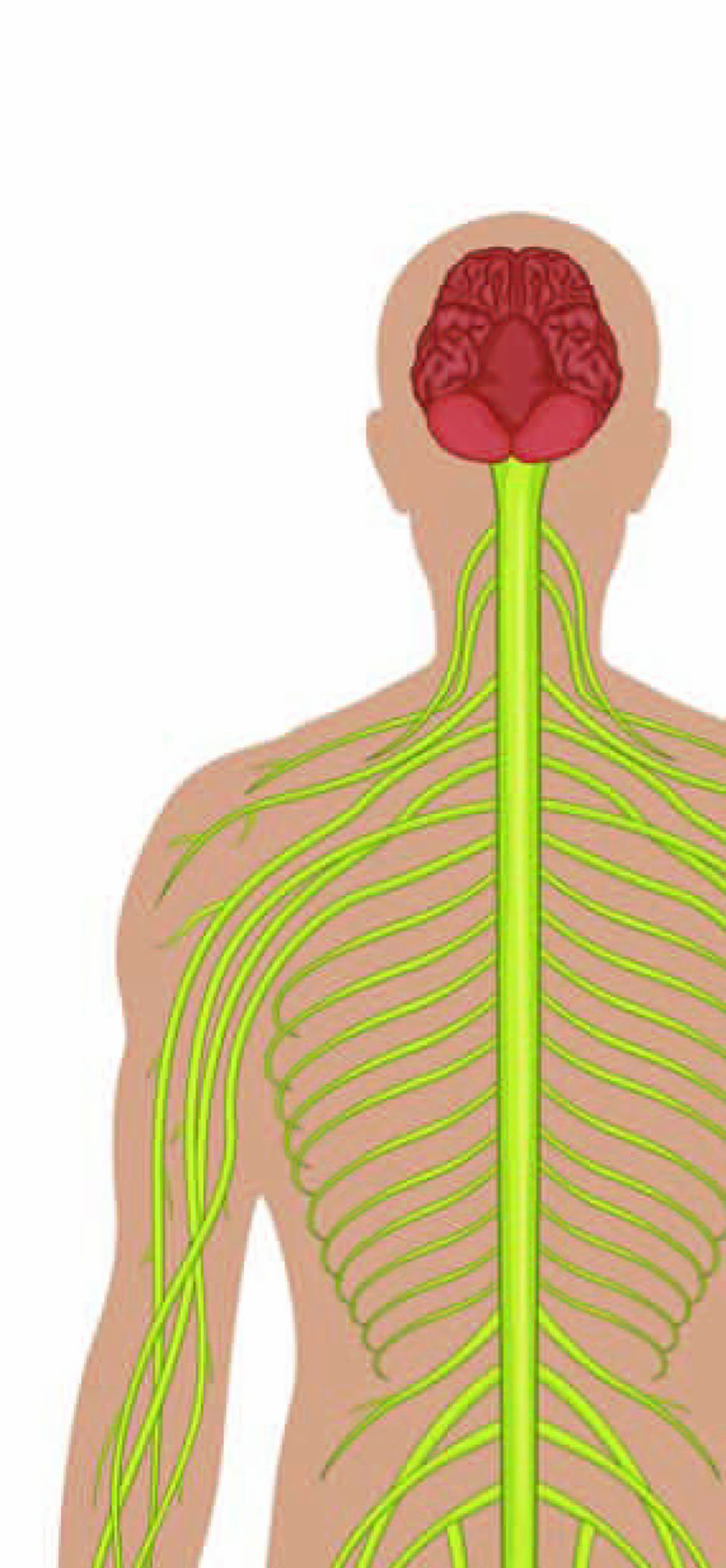
NOTE: All amounts in this book are measured in milligrams (mg) per 100 grams, unless stated otherwise.
1 CIRCULATORY SYSTEM

VITAL NUTRIENTS
Calcium regulates and assists the smooth functioning of the heartbeat. Magnesium and calcium nourish the circulatory system.
Phosphorus is essential for proper blood circulation, regulation of blood pressure levels and heart muscle contractions.
Potassium is essential for the heart muscles, proper blood circulation, heart muscle contractions and a regular heartbeat.
Iron is required to carry oxygen.
Magnesium assists nerve impulses for the heart.
Silicon assists blood circulation Iodine protects against heart palpitations.
Sodium maintains blood pressure.
Vanadium regulates blood circulation.
Vitamin E promotes the ability of red blood cells to carry oxygen, it assists the heart muscles to use oxygen more efficiently and protects against blood clots.
Vitamins C and P promote strong blood capillaries.
Vitamin B15 protects against hardened arteries.
MAIN BODY FUNCTION
HEART The heart pumps blood at 72 beats per minute for an adult, 90 beats per minute for a child, and 110 beats per minute for an infant. The heart pumps approx.7500 litres every 24 hours. The heart pumps blood throughout the entire body and it takes only 10 seconds for a complete cycle.
LIVER The liver removes toxins from the bloodstream at a rate of at least 1.5 litres every minute.
KIDNEYS The kidneys are a pair of filters with remarkable ability to regulate the amount of blood salt and acid levels. The kidneys filter blood at the rate of 1.3 litres per minute with millions of tiny tubes called nephrons.
SPLEEN The spleen destroys old red blood cells and blood platelets and provide lymphocytes for new blood.
ARTERIES The blood leaves the heart via the pulmonary artery and enters the lungs where oxygen is added. The combined network of arteries and veins within the circulatory system measure approx.96,000 kilometres.
VEINS Veins carry oxygenated blood throughout the body.
BENEFICIAL NATURAL FOODS
tahini, cheese, almonds, hazel nuts, sunflower seeds, dried apricots, spinach

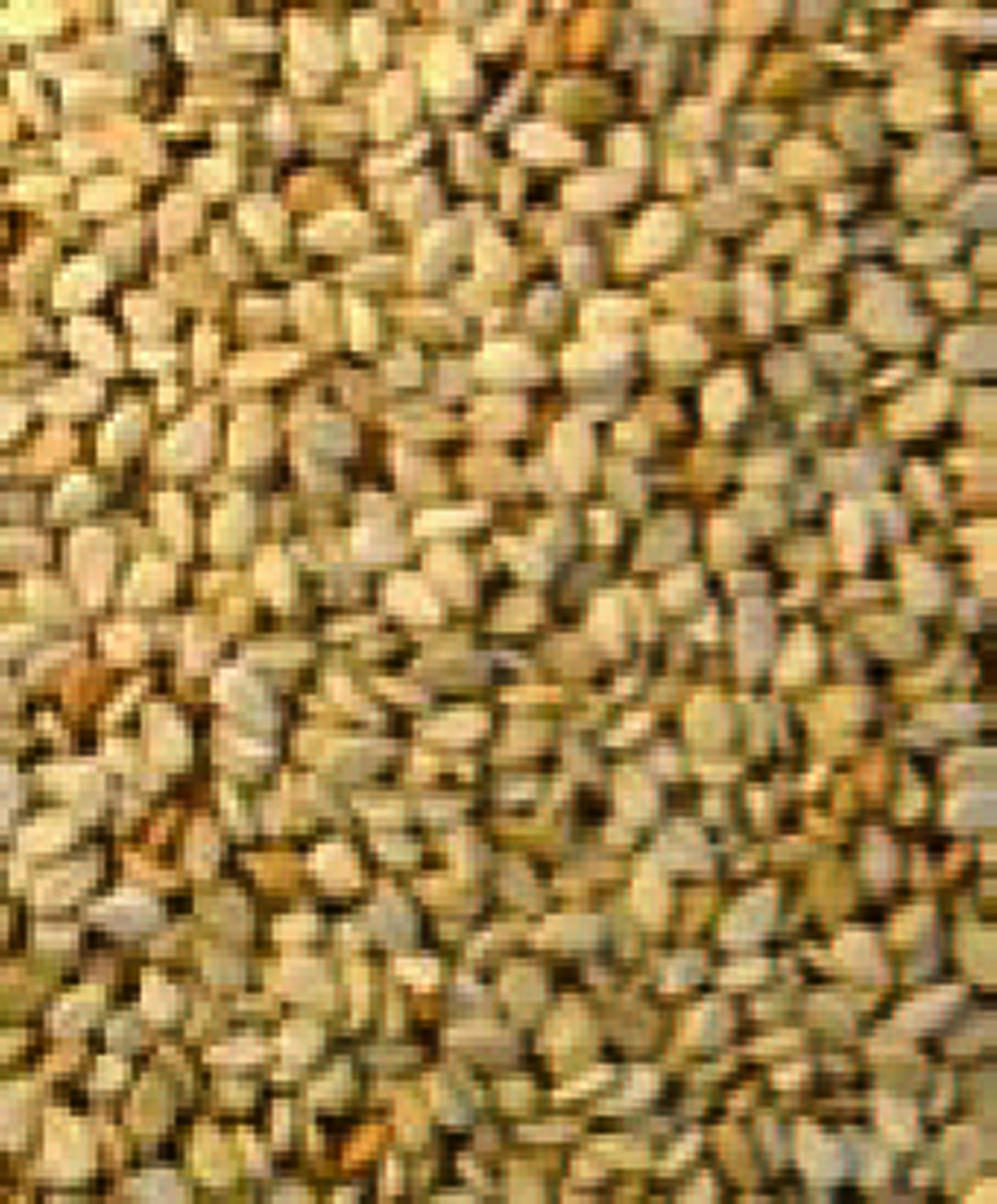
pepitas, sunflower seeds, tahini, Brazil nuts, cashews, walnuts, almonds, lecithin
dried apricots, dried fruits, fresh wheatgerm, legumes, almonds, sunflower seeds

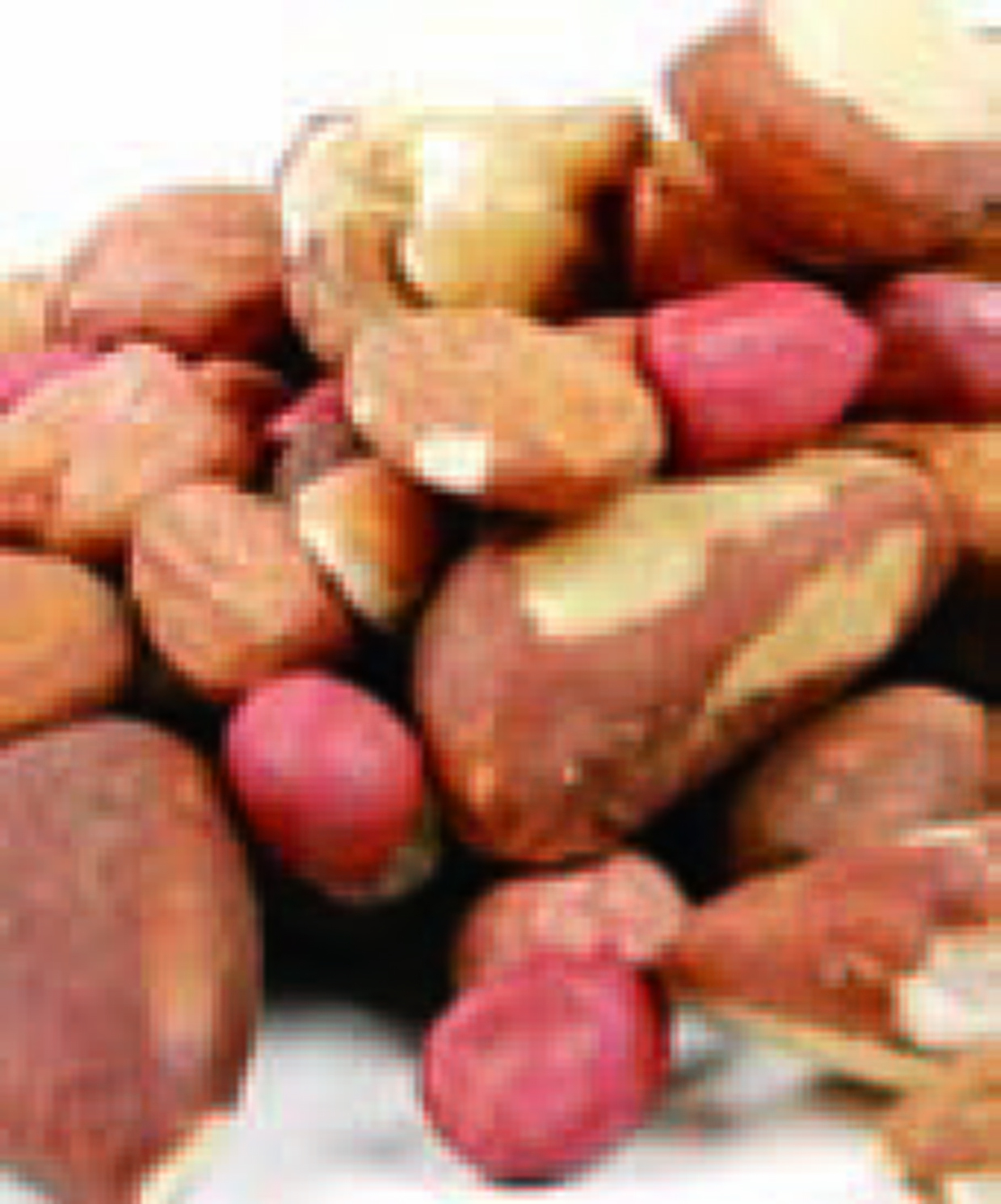
pepitas, tahini, parsley
Brazil nuts, tahini, almonds, cashews, lettuce, spinach, strawberry


kelp, watermelon, capsicum
celery, olives, spinach, cheese
fresh fish, tuna, kelp, seafood
sunflower seeds, tahini, almonds, hazel nuts, fresh wheatgerm, peanut, apples, lettuce, walnuts, Brazil nuts
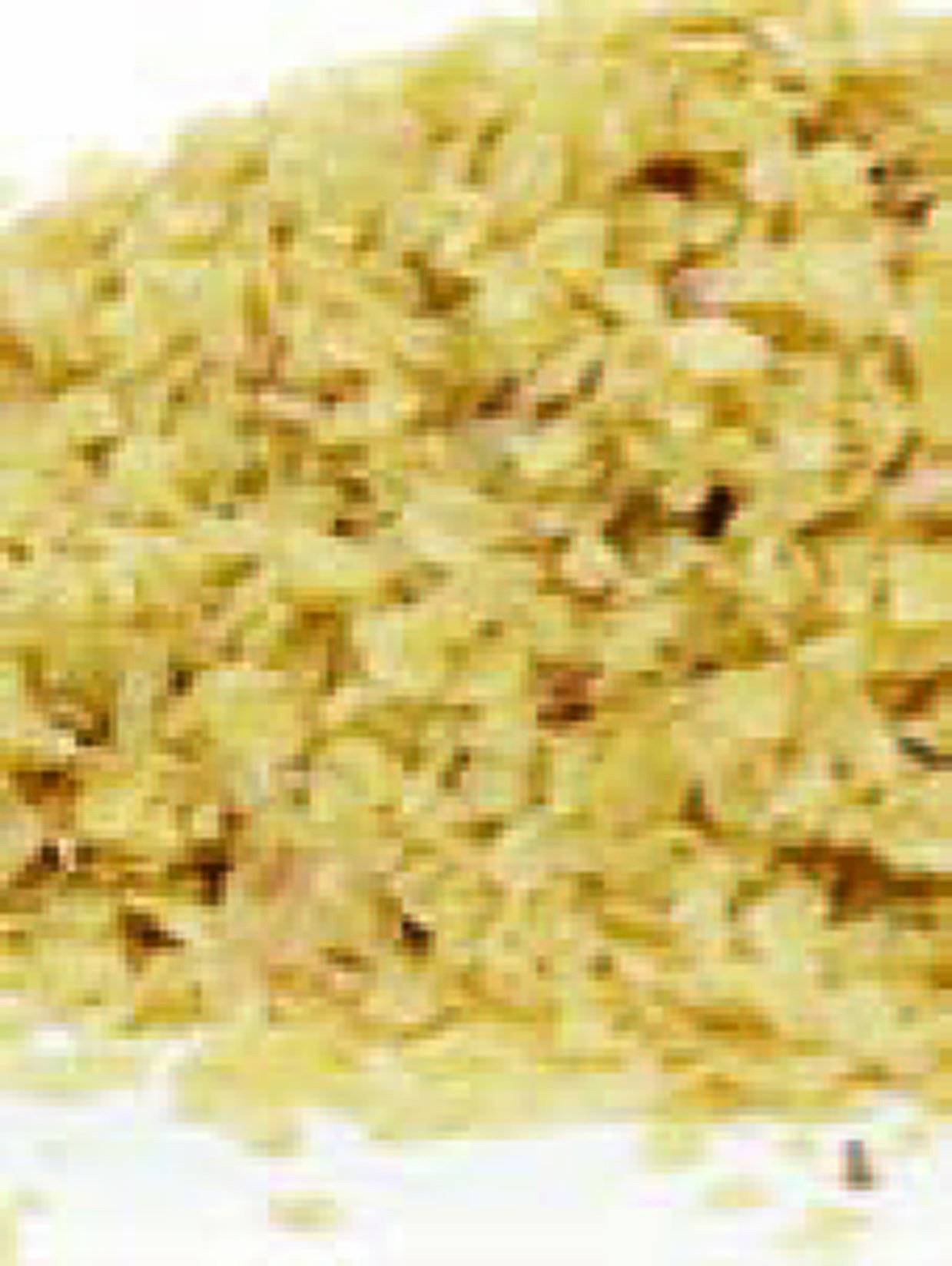

guava, capsicum, citrus fruits
pepitas, tahini, oats, wheatgerm
NOTE: d.v. refers to the daily value for women 25–50 years, refer to RDI chart for adult male and child values.
2 DIGESTIVE SYSTEM
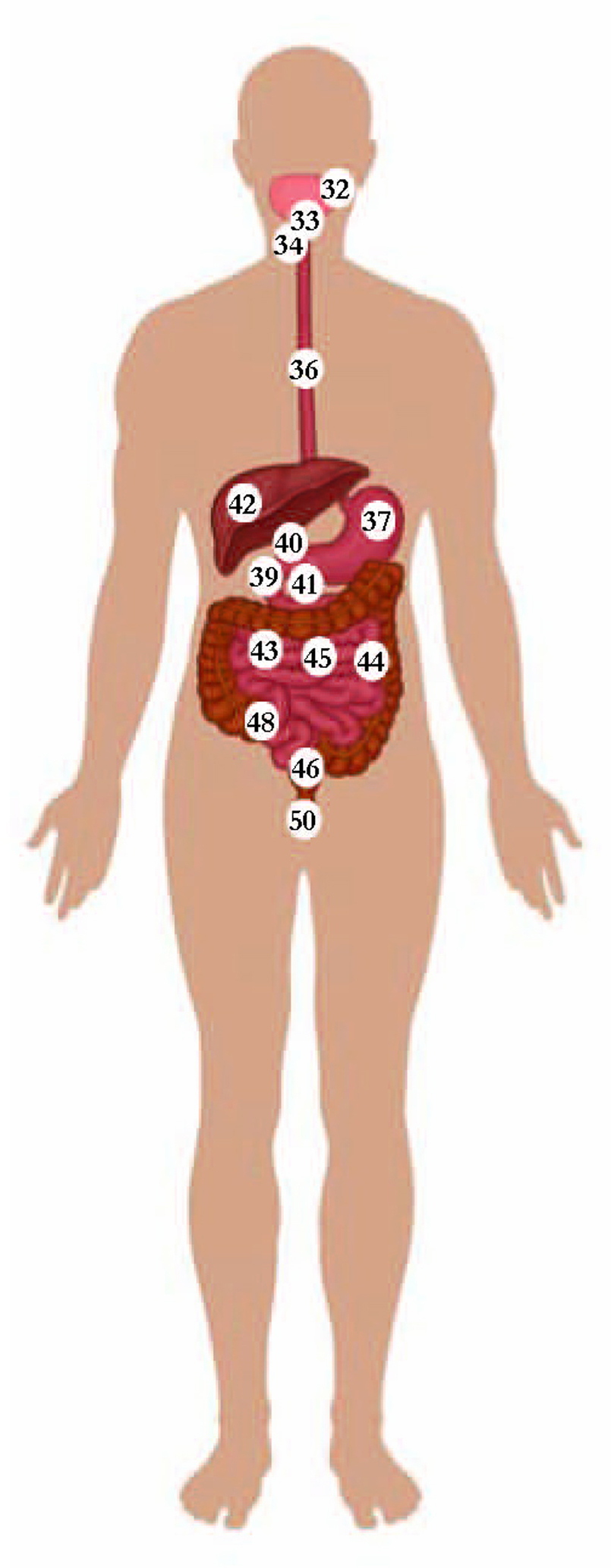
VITAL NUTRIENTS
Calcium is essential for the involuntary muscular movements of the digestive system, termed peristaltic action.
Phosphorus is required for the movement of fatty acids and phospholipids and distribution of fats.
Sodium stimulates the production of carbohydrate digestive enzymes such as saliva.
Sulphur keeps the digestive system clean, for pancreatic enzymes, insulin and protein digestion.
Chlorine is essential for the production of the protein enzyme pepsin, in the stomach.
Magnesium ingredient of enzymes for protein and carbohydrate digestion and glucose conversion.
Manganese production of bile, insulin and essential for metabolism.
Copper protein metabolism, enzyme component.
Iodine thyroid gland, digestion, body metabolism.
Zinc component of insulin and many enzymes.
Chromium glucose conversion, insulin activity.
Vitamin D essential for digestion and metabolism.
Vitamins B complex, vitamins A and K.
MAIN BODY FUNCTION
SALIVARY GLANDS The three pairs of salivary glands produce the enzyme ptyalin, required for the initial conversion of cooked starch into the form of maltose.
STOMACH The stomach produces an enzyme, pepsin, from a combination of the enzyme pepsinogen and hydrochloric acid, for the initial conversion of protein foods.
PANCREAS, GALL BLADDER, DUODENUM The pancreas produces an enzyme, trypsin, for the conversion of protein (proteoses and peptones) into peptides, assisted by the gall bladder which produces bile. This takes place within the duodenum and also the conversion of fats and oils (lipids) are converted by the enzyme lipase (pancreas) plus bile into fatty acids and glycerol.
SMALL INTESTINE, LIVER, COLON In the small intestine, the enzyme amylase converts uncooked starch into maltose, plus the maltase converts maltose into glucose. Also within the small intestine, the jejunum converts peptides into amino acids; they pass into the bloodstream and go to the liver. The colon collects all the unused food materials and disposes of the waste via the rectum.
BENEFICIAL NATURAL FOODS
tahini, yoghurt, almonds, hazel nuts, sunflower seeds, dried apricots, walnuts
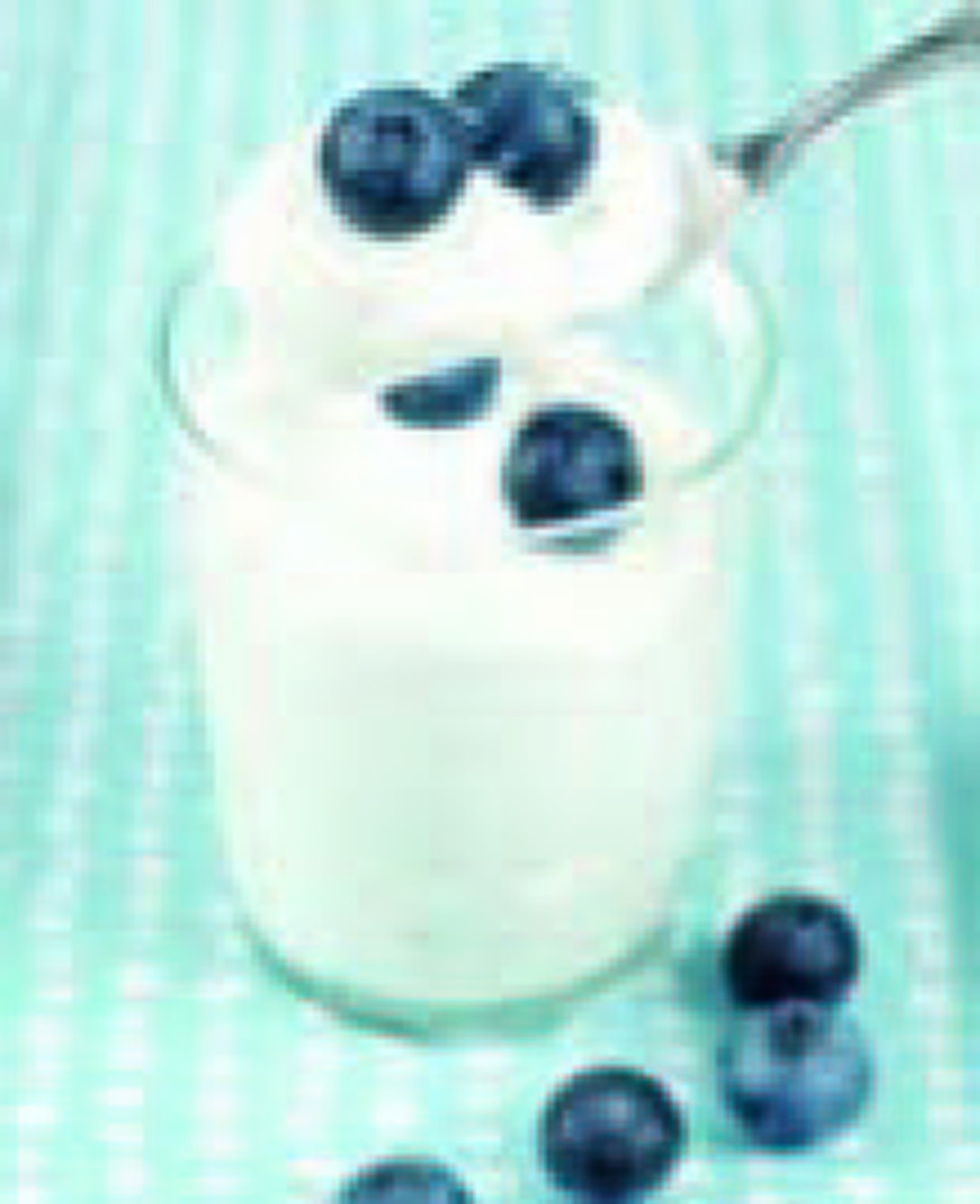

pepitas, sunflower seeds, tahini, brazil nuts, cashews, garlic
celery, olives, spinach, cheese, eggs, beetroot, carrots, pears
Brazil nuts, scallops, crustacea, garlic, onions, spinach
tomato, celery, lettuce, cabbage, papaya, radish
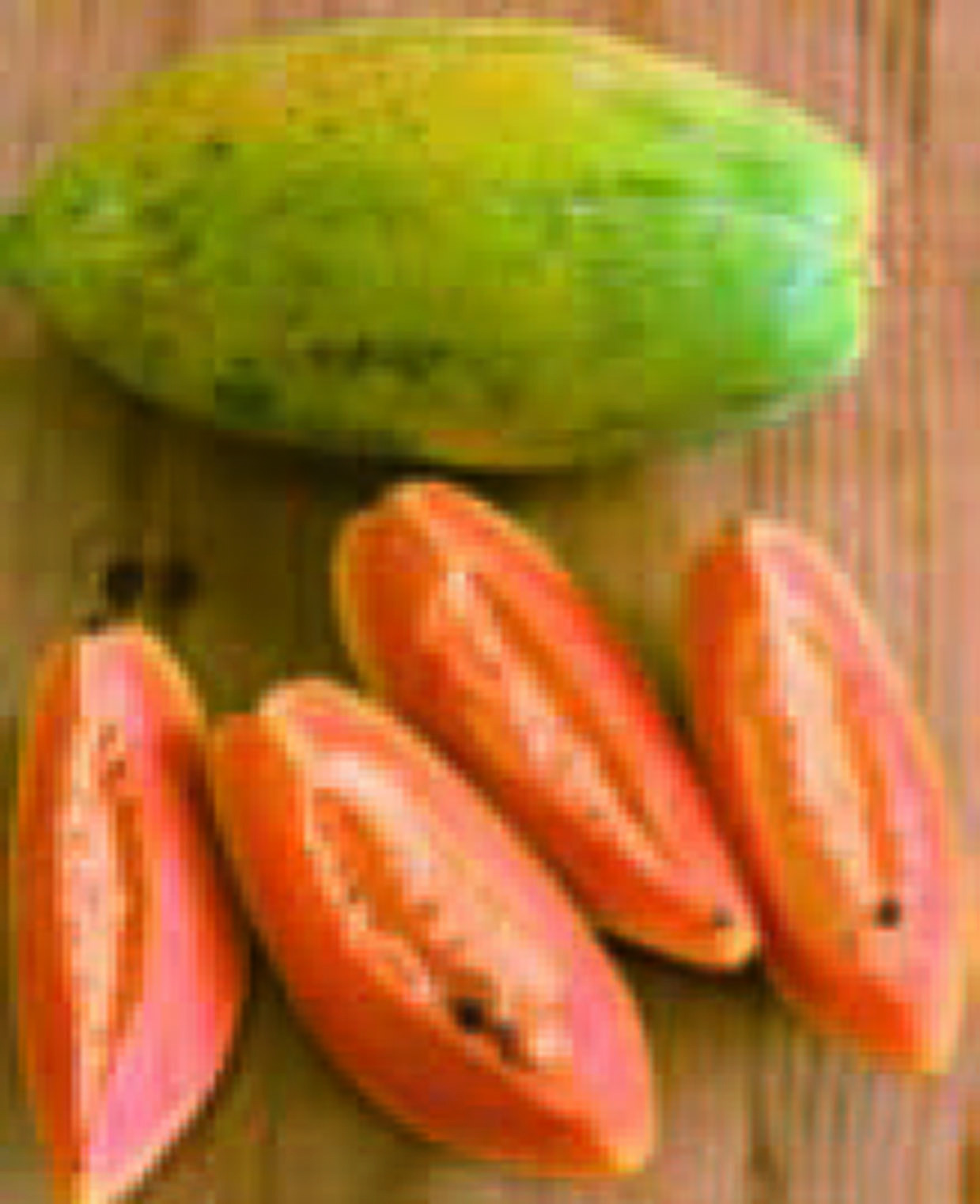
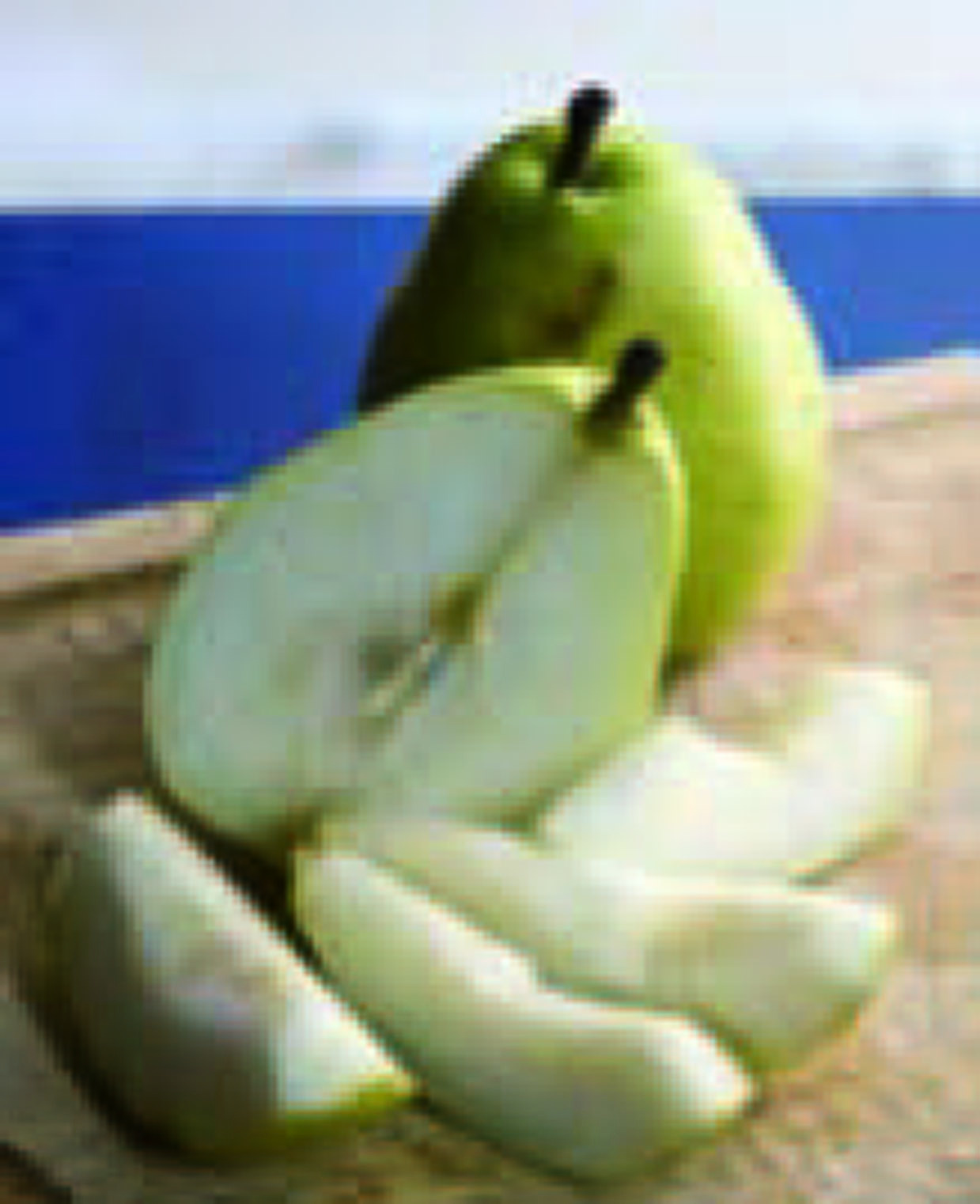
Brazil nuts, tahini, pepitas, almonds, cashews, bananas
wheatgerm, hazel nuts, nuts, oats, garlic, seeds, apples
tahini, sunflower seeds, cashews


wheatgerm, sunflower seeds
eggs, whole grains, cheese
regular moderate sunlight
refer to nutrient charts
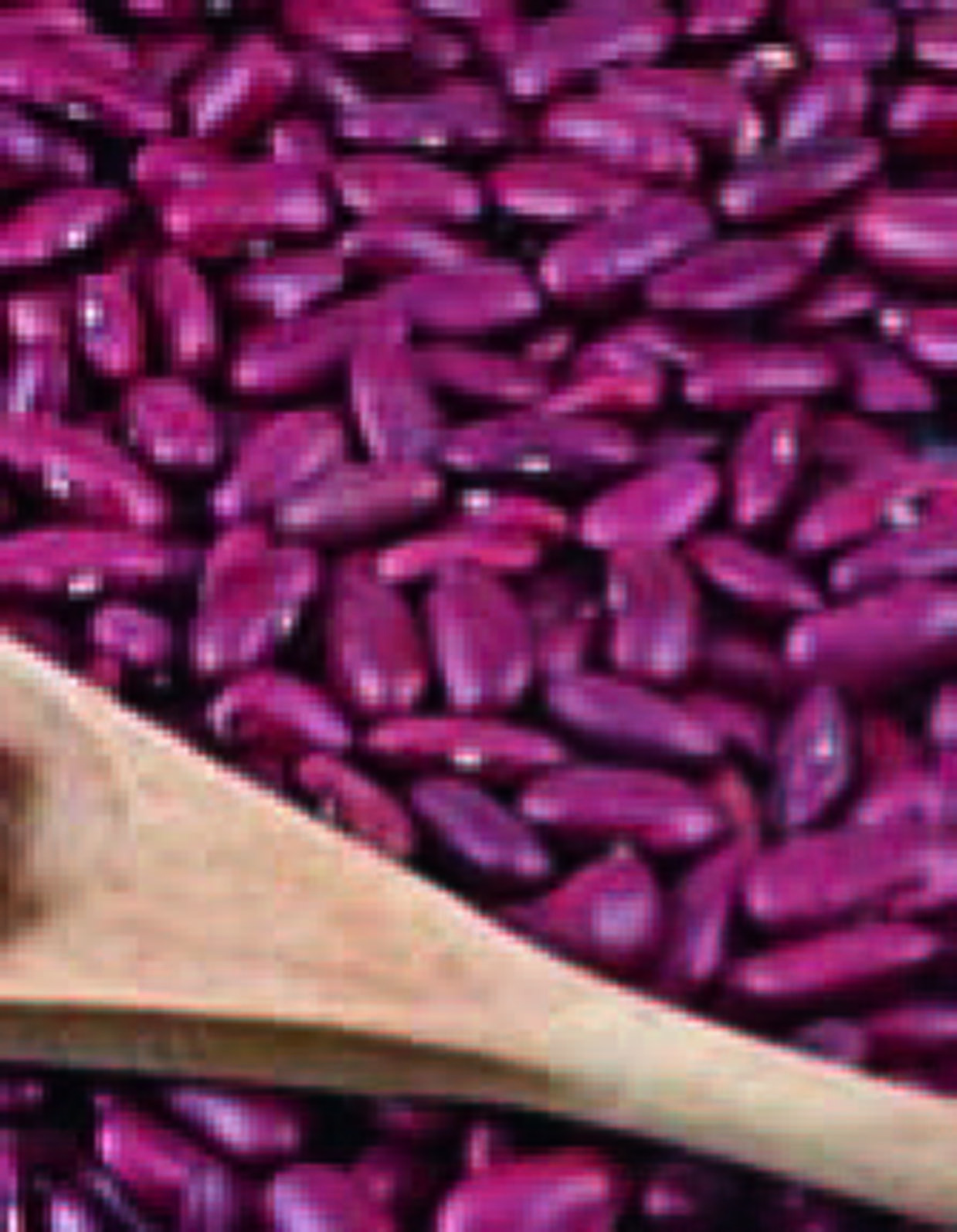

NOTE: All amounts in this book are measured in milligrams (mg) per 100 grams, unless stated otherwise.
3 GLANDULAR SYSTEM
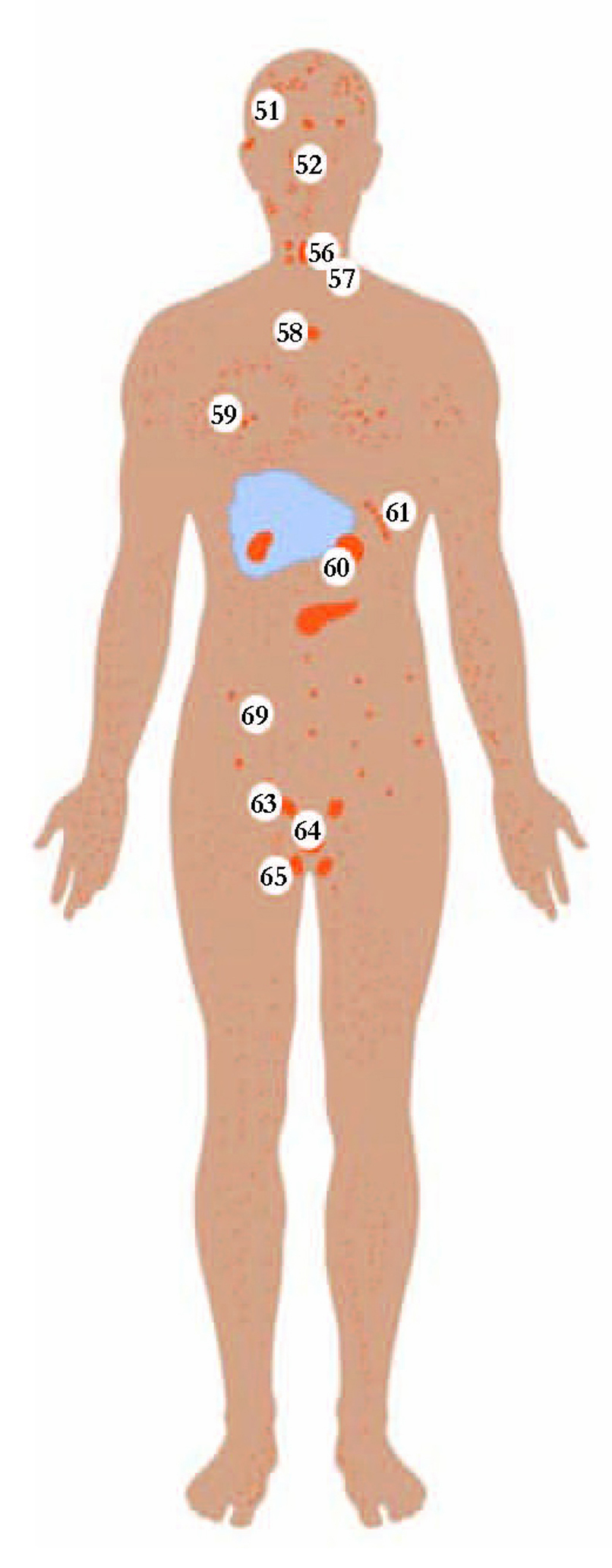
VITAL NUTRIENTS
Calcium blood levels and storage of calcium are regulated by the parathyroid glands, dependent on supply of vitamin D.
Sulphur is vital for the function of the pancreas gland, for insulin production and the fat digestive enzymes lipase and trypsin.
Chlorine is required by the reproductive organs plus it is an essential mineral for cleansing.
Manganese is required by the mammary glands for lactation, and by the thyroid gland with iodine for production of the hormone thyroxine. It is required for manufacture of insulin with the mineral zinc.
Iodine is essential for the thyroid gland to produce the hormone thyroxine required for metabolism, growth, nerves, skin, hair and energy levels.
Bromine levels are controlled by the pituitary gland. This trace mineral is required for stable emotions, especially during menopause and the ‘mid life crisis’.
Vitamin C protects against glandular infections.
Vitamin D activates the glandular system.
Vitamin E and B complex are vital for all the body’s glands.
MAIN BODY FUNCTION
51-PINEAL coordinates sensory consciousness.
52-PITUITARY GLAND controls metabolism, lactation, sex hormones, para-and thyroid and the pancreas.
53-produces moisture for the eyes and tears.
54-produces wax to protect the ears.
55-produces water solution for the tongue.
56-THYROID produces the hormone thyroxine which controls growth, mental development, nervous activity and general metabolism.
57-PARATHYROID controls calcium metabolism.
58-early children’s development/reproductive organs
59-produces colostrum during lactation.
60-ADRENAL GLANDS secretes adrenaline for digestion, stress control, glucose production and heart rate.
61-produces hydrochloric acid/stomach.
62-assists excretion of toxins from digestion.
63-oestrogen hormone for fertilisation/menstruation.
64-prostatic fluid for production of semen.
65-produces the male hormone testosterone.
66-produces the fluids appocrine and eccrine for sweating.
67-produces sebum for healthy skin and hair.
68-produces enzymes to assist digestion.
69-absorbs nutrients, water and enzymes.
BENEFICIAL NATURAL FOOD
tahini, cheese, almonds, hazel nuts, sunflower seeds, dried apricots, walnuts, spinach
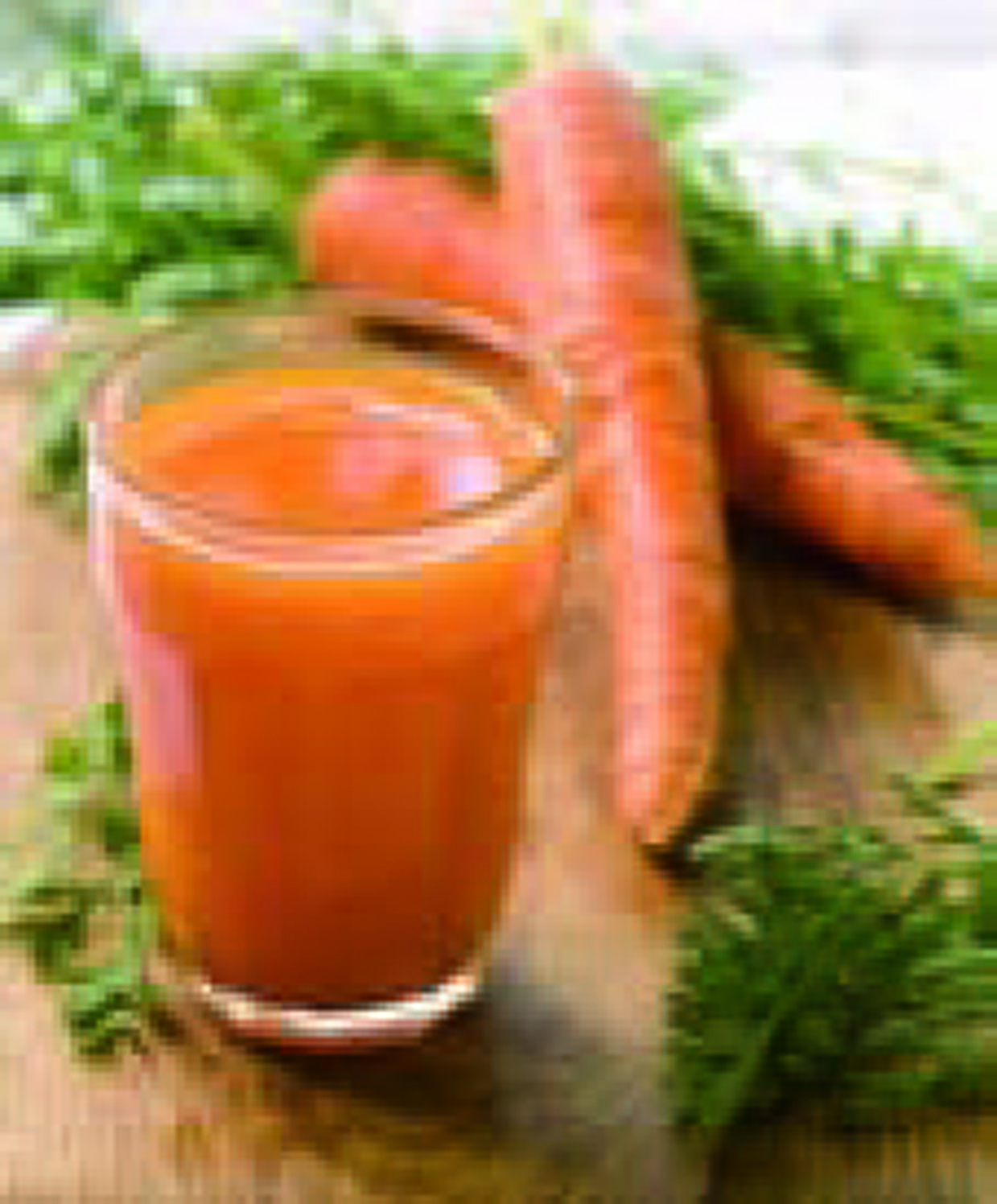

carrot juice, carrots, spinach, garlic, onions, cucumber, lettuce, celery, tomato, figs
tomato, celery, lettuce, cabbage, mango, carrots, peach
hazel nuts, pecan nuts, walnuts, pine nuts, pepitas, beetroot, pineapple, grapes, parsley, lettuce, tahini, garlic, legumes
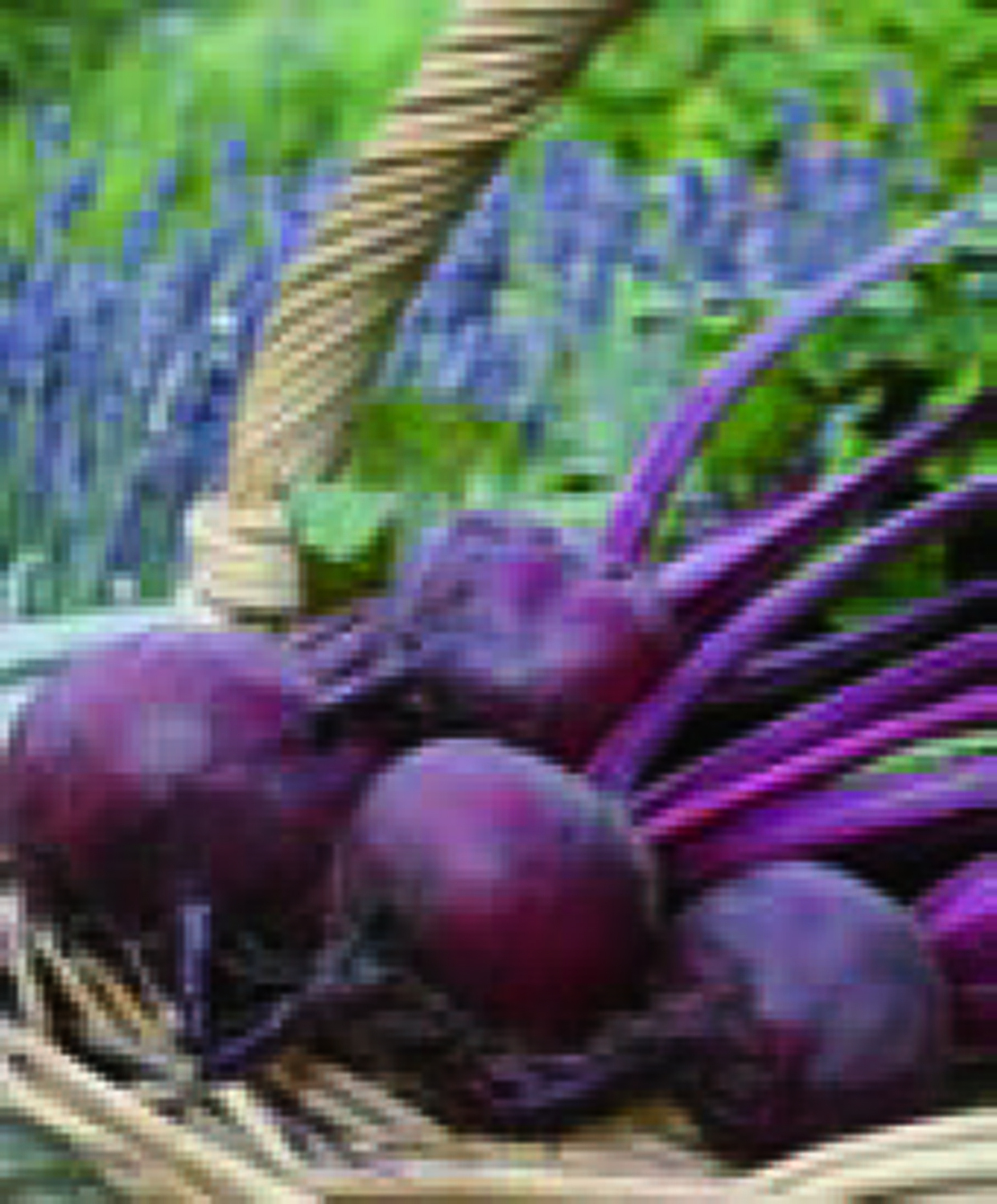

fish, seafood, kelp, spinach, ionised salt, watermelon, cucumber, spinach, berries


watermelon, rockmelon, honeydew melon, cucumber, celery, asparagus, tomato, lettuce, carrots, garlic, peach
berries, tomato, peach, orange
regular moderate sunlight
tahini, almonds

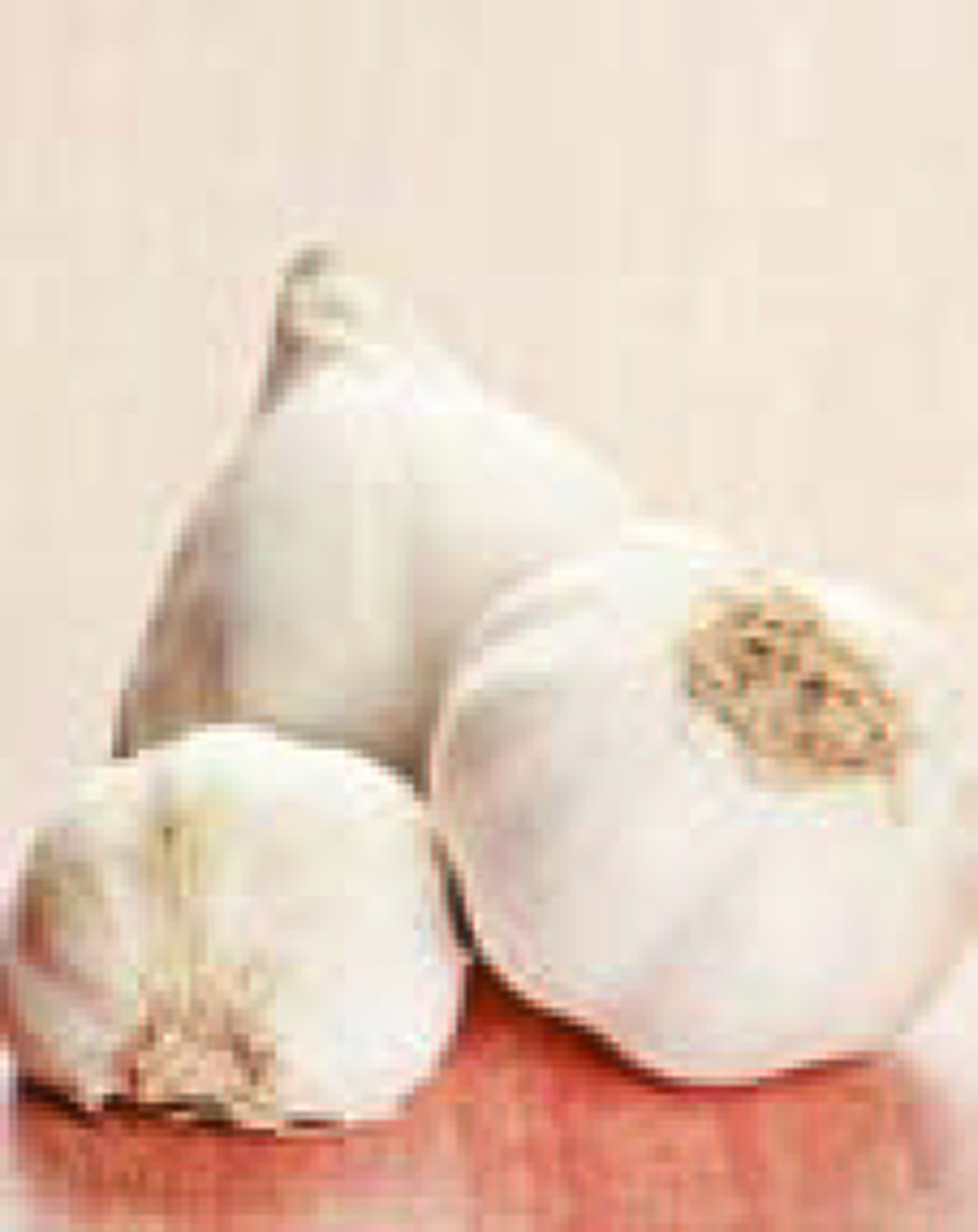
NOTE: d.v. refers to the daily value for women 25–50 years, refer to RDI chart for adult male and child values.
4 LYMPHATIC SYSTEM
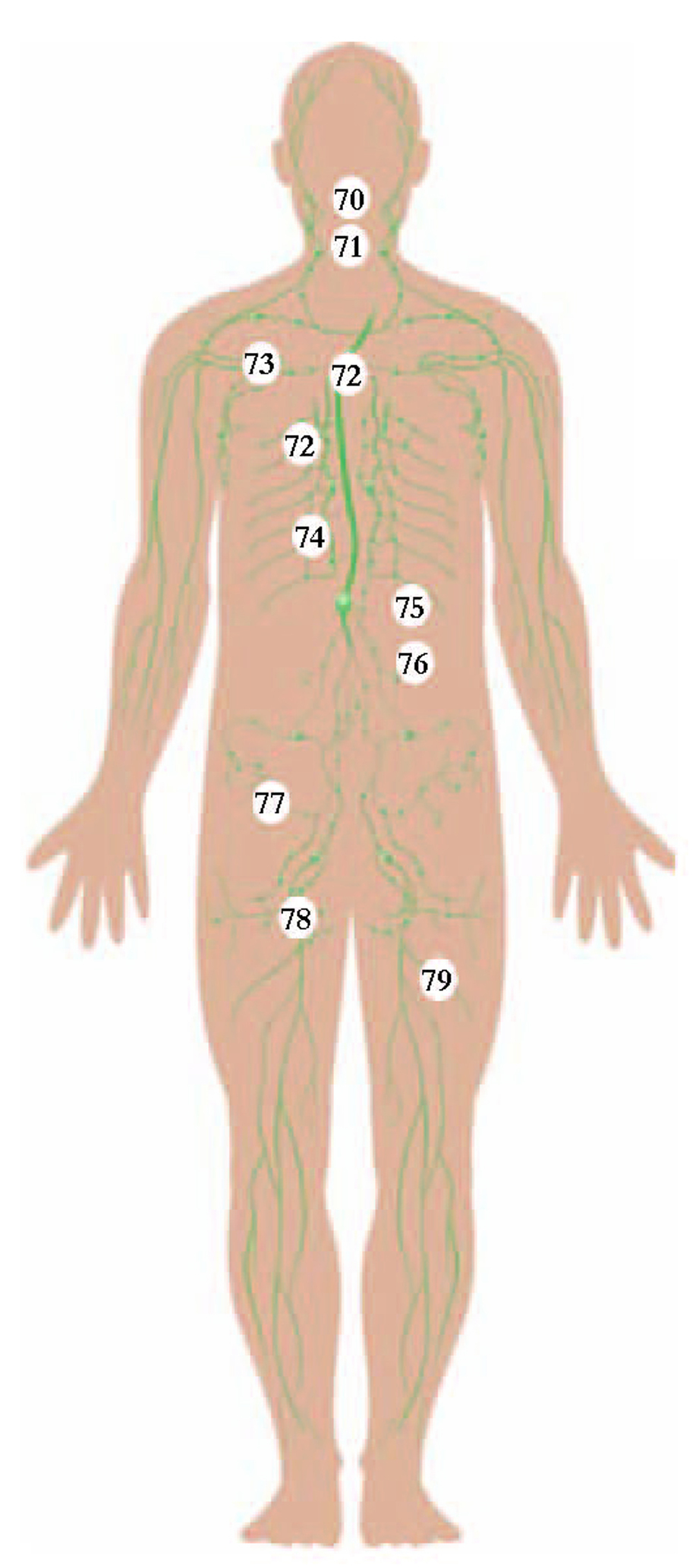
VITAL NUTRIENTS
Chlorine is involved in regulating the blood acid–alkaline levels. It also stimulates the functions of the liver and is vital for cleansing the blood and the reduction of fatty deposits.
Iron is required to eliminate toxic waste from the bloodstream, thereby protecting the lymphatic system from impurities and inflammation.
Sulphur provides a cleansing and antiseptic effect on the digestive system and the lymphatic glands of the small intestines (mesenteric glands).
Phosphorus is found in every cell and is required for the transfer of nutrients through cell walls. Lecithin is a phosphorus compound and is used for the conversion and movement of fats throughout the lymphatic system.
Vitamin E reduces oxidation of fats thereby protecting the lymphatic system from toxins.
Vitamin F, in particular linoleic acid, is required for cholesterol control and protection from high blood pressure.
Biotin and B complex are required for fat metabolism.
Choline is vital for the control of cholesterol and fats.
MAIN BODY FUNCTION
The lymphatic system is best described as the body’s processing, protection and filtration system, as the lymphatic glands process fats, expel worn-out blood corpuscles and protect against bacterial invasion.
SPLEEN The spleen is the largest organ of the body’s lymphatic system. It is termed not ‘essential’ to life; however it functions to eliminate old red blood corpuscles and blood platelets. It stores iron from the worn-out cells and produces bilirubin, required as part of bile, to break down fats. The spleen also participates in producing antibodies and to fight infections; it also produces some of the blood lymphocytes.
MESENTERIC The lymphatic glands of the small intestine are termed mesenteric glands. They are vital for absorption of fats from the diet which are then conveyed by the lymphatic system (the secondary circulatorysystem) via the thyroic duct to the liver which removes the hydrogen from fats and then returns the ‘unsaturated fats’ to the fat stores of the body. When the lymph glands become clogged, illness results.
BENEFICIAL NATURAL FOODS
tomato, celery, lettuce, cabbage, watercress, cucumber, carrots, berries, beetroot, mango, pineapple, lime, guava, dates


pepitas, wheatgerm, kelp, parsley, tahini, wheatgrass, sunflower seeds, almonds
carrots, figs, dates, garlic, onions, cabbage, pineapple, celery, tomato, wheatgrass


bran, pepitas, wheat germ, sunflower seeds, Brazil nuts, tahini, almonds, peanut, walnut, lecithin granules, oats, hazel nuts
sprouts, parsley, garlic, wheatgerm oil, tahini, almonds
hazel nuts, wheatgerm, seeds, sunflower seeds, almonds, avocado, strawberry, nuts, tahini

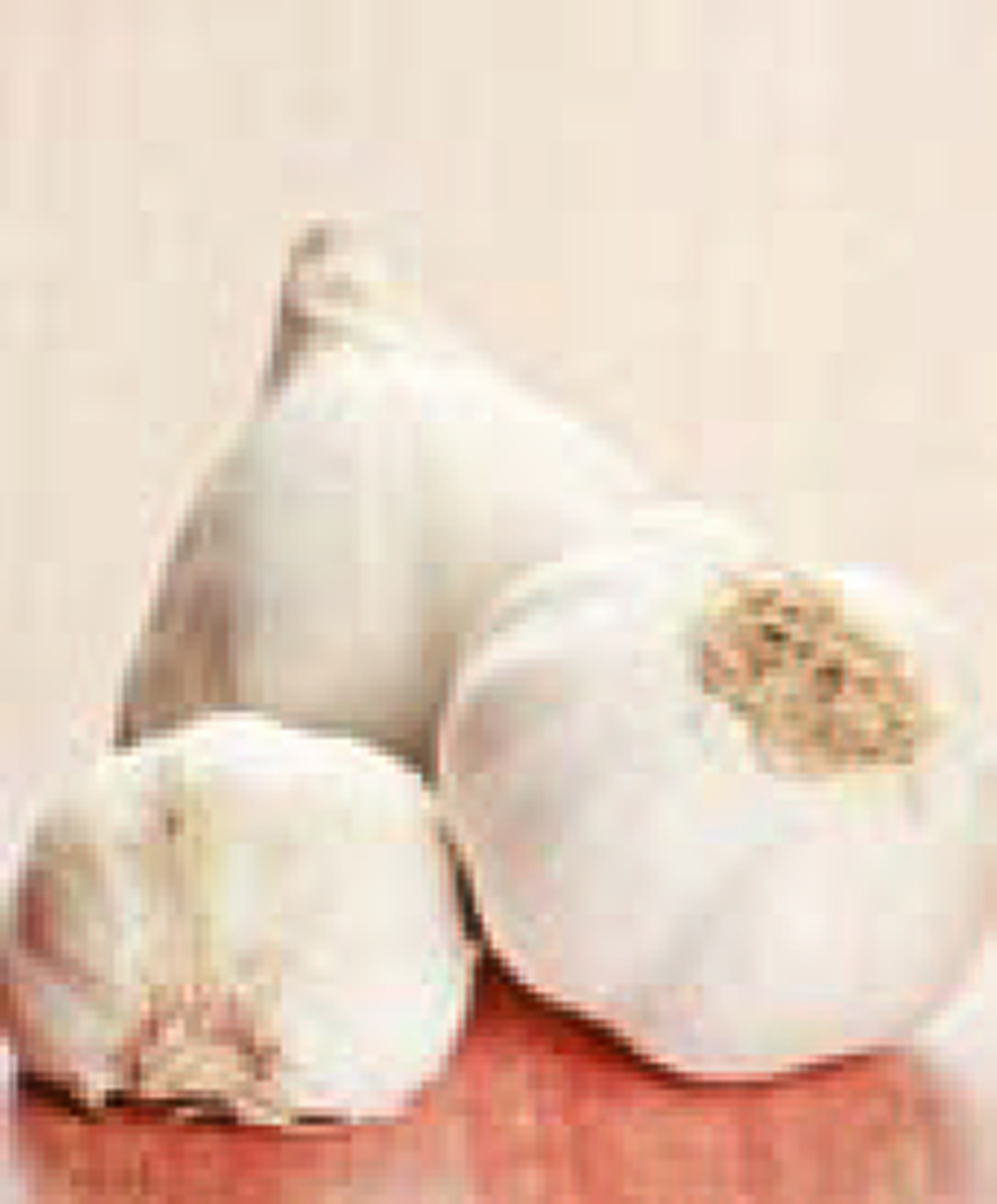
peanut, fish, walnuts
fresh fish, tuna, kelp, seafood

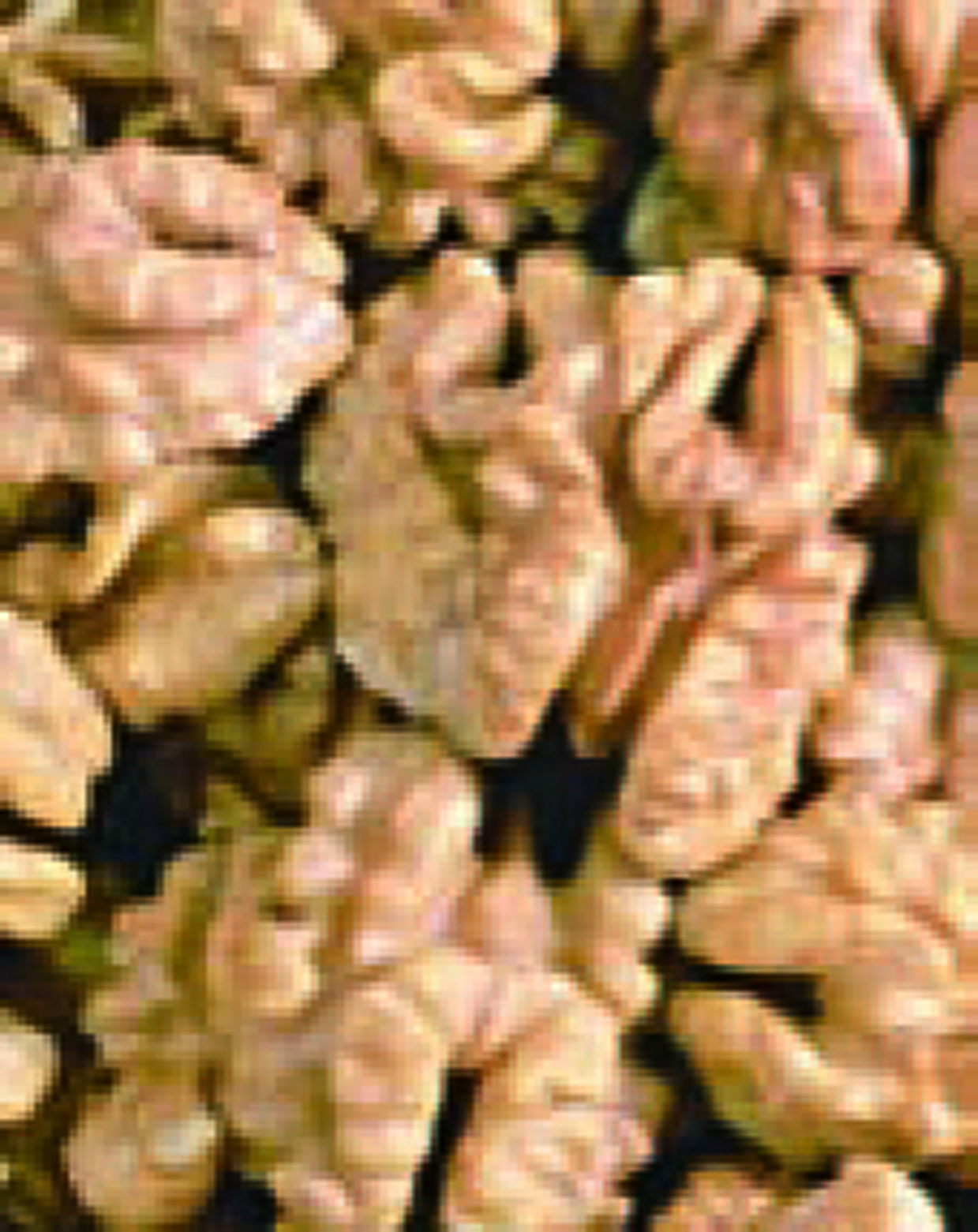
NOTE: All amounts in this book are measured in milligrams (mg) per 100 grams, unless stated otherwise.
5 MUSCULAR SYSTEM
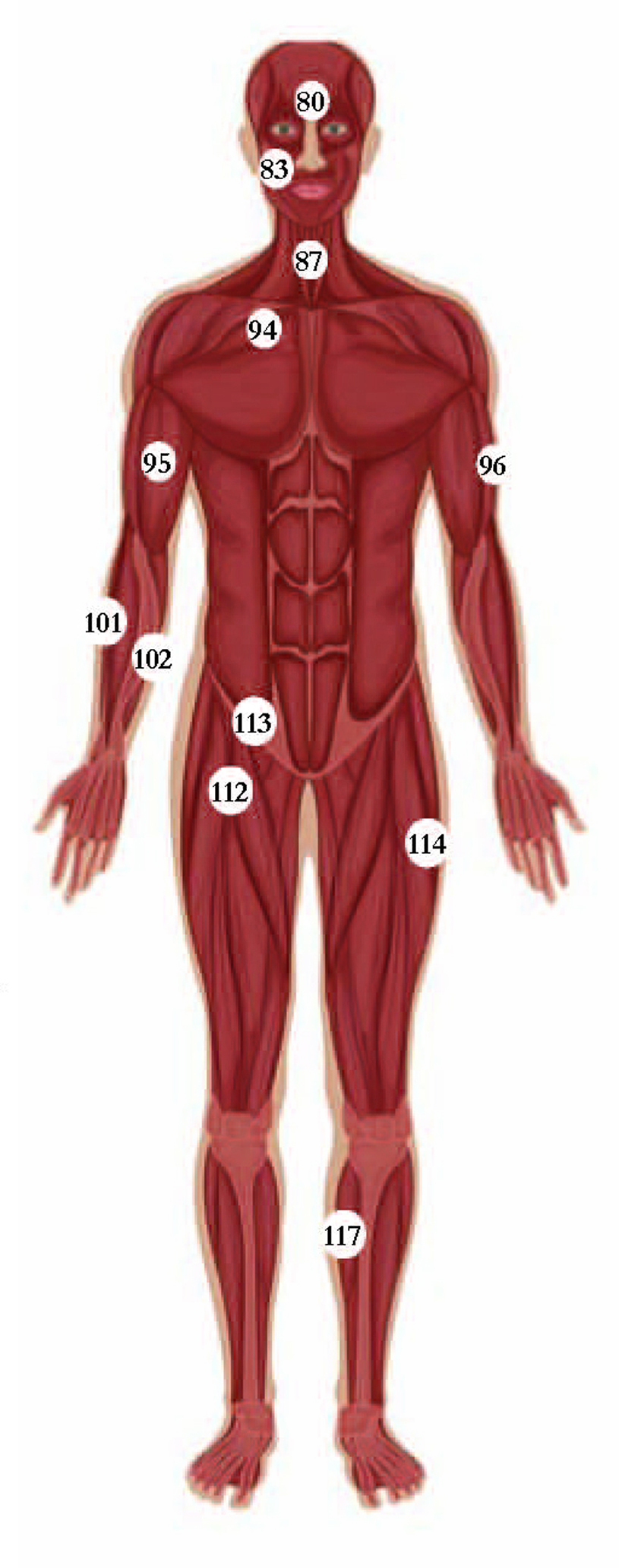
VITAL NUTRIENTS
Potassium is the ‘muscle minerals’, it is required for stimulating nerves connected to the muscles. It is also vital for repair and the conditioning of muscles.
Calcium is needed for regulating the heartbeat, muscular growth and contraction.
Iron is the foundation mineral of myoglobin; it supplies oxygen to the muscle cells and activates muscular contractions.
Magnesium provides the connection between muscles and nerve stimuli. It helps protect against cramps and assists muscular contractions.
Manganese is required for muscular strength and muscular co-ordination as it stimulates proper transfer of nerve impulses to the muscular tissues.
Copper is required for elastin, muscle stretching.
Selenium preserves muscular elasticity.
Sodium is required for muscular enlargement.
Vitamin E is the muscle vitamin; it promotes oxygen supply and endurance to muscles and promotes blood circulation.
Vitamins A and B complex are all vital for the muscular system.
MAIN BODY FUNCTION
The muscular system covers most parts of the body and approx.40% of body mass is muscle. Muscles are made from millions of fibres and covered by tissues termed fascia. Muscles are connected to the skeletal system by tendons. Nearly all muscles have an opposite: to lift and to lower. There are about 650 muscles in the adult human body. The three main types of muscles are: heart muscles (cardiac muscles); visceral muscles (stomach and bloodstream); skeletal muscles (legs, arm and spine). A muscle is described as an organ which produces motion by the action of the nervous system and contraction of muscle fibres. The two main types of muscle fibres are striated and smooth fibres. Large voluntary muscles are composed of approx.80% water and 20% protein. Muscles require heat to perform and approx.75% of energy used by muscles is for heat production, 25% for muscle action.
BENEFICIAL NATURAL FOODS
rice bran, wheat bran, pepitas, wheatgerm, sunflower seeds, almonds, hazel nuts, tahini, Brazil nuts, cashews, banana
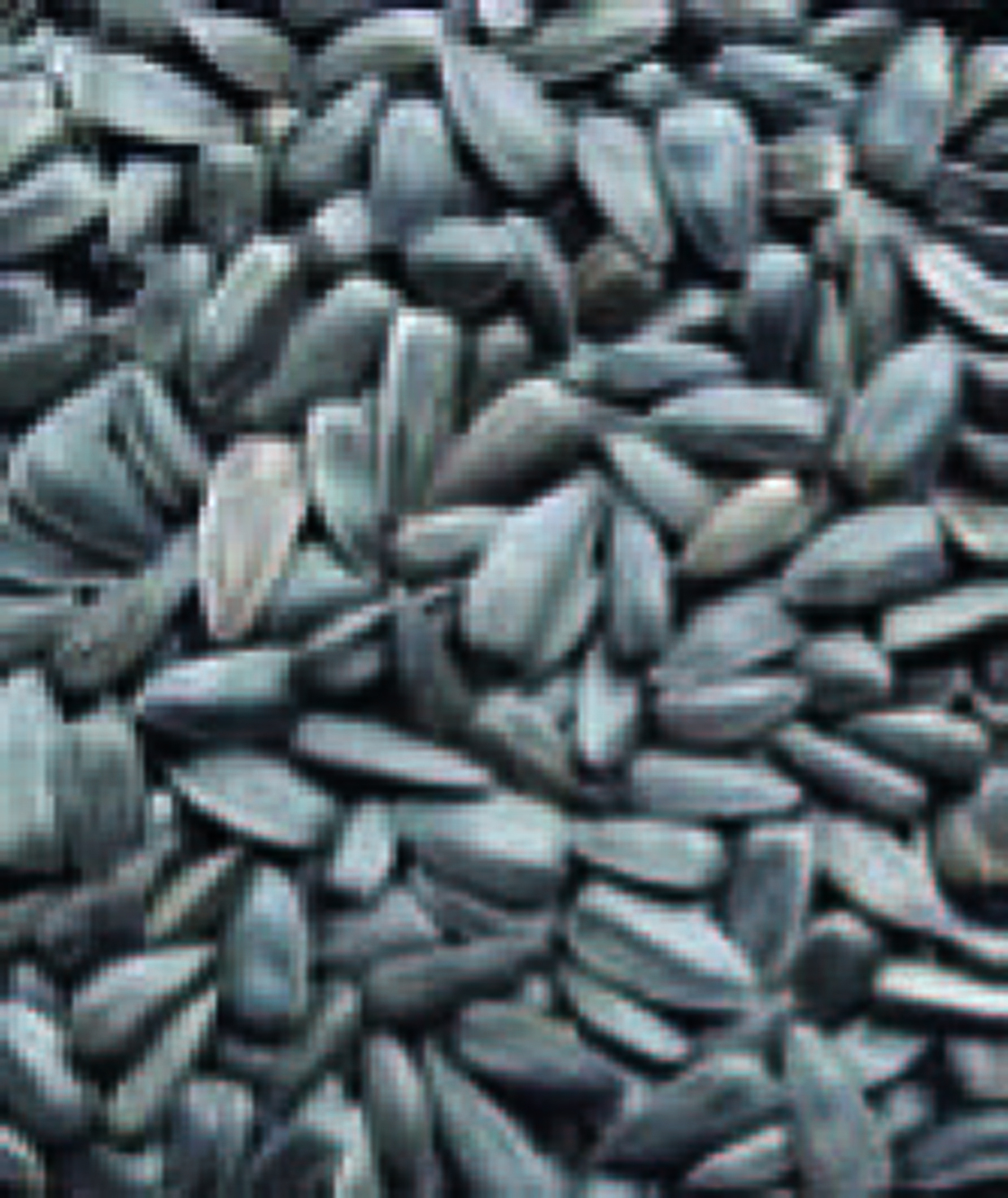
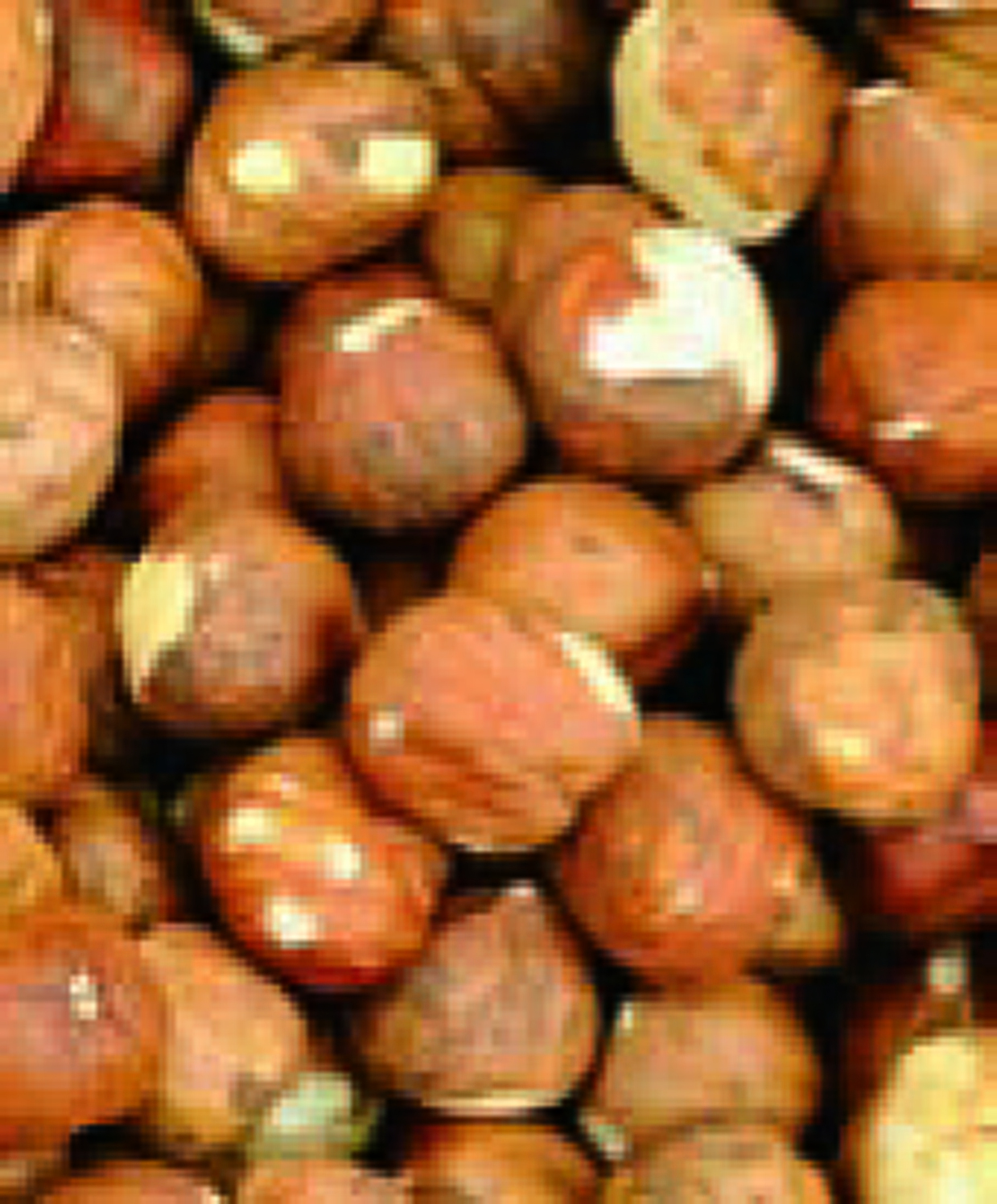
tahini, acidophilus yoghurt, almonds, nuts, sunflower seeds
pepitas, almonds, parsley, tahini, sunflower seeds, kelp, rice bran, wheatgerm, tofu
Brazil nuts, tahini, pepitas, almonds, sunflower seeds, wheatgerm, bananas
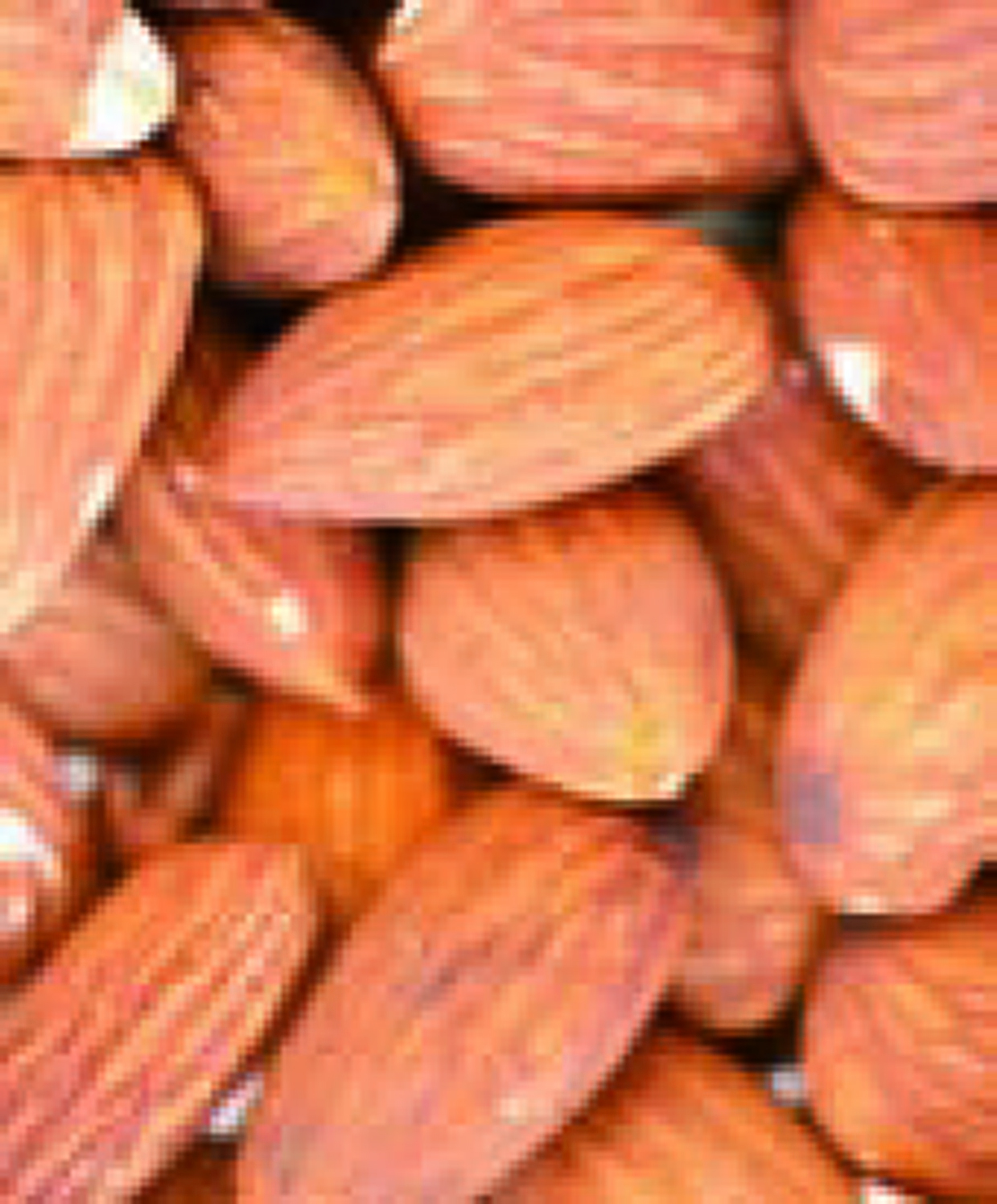

wheatgerm, hazel nuts, oats, garlic, peanuts, tahini, sunflower seeds, coconut
tahini, cashews, sunflower seeds
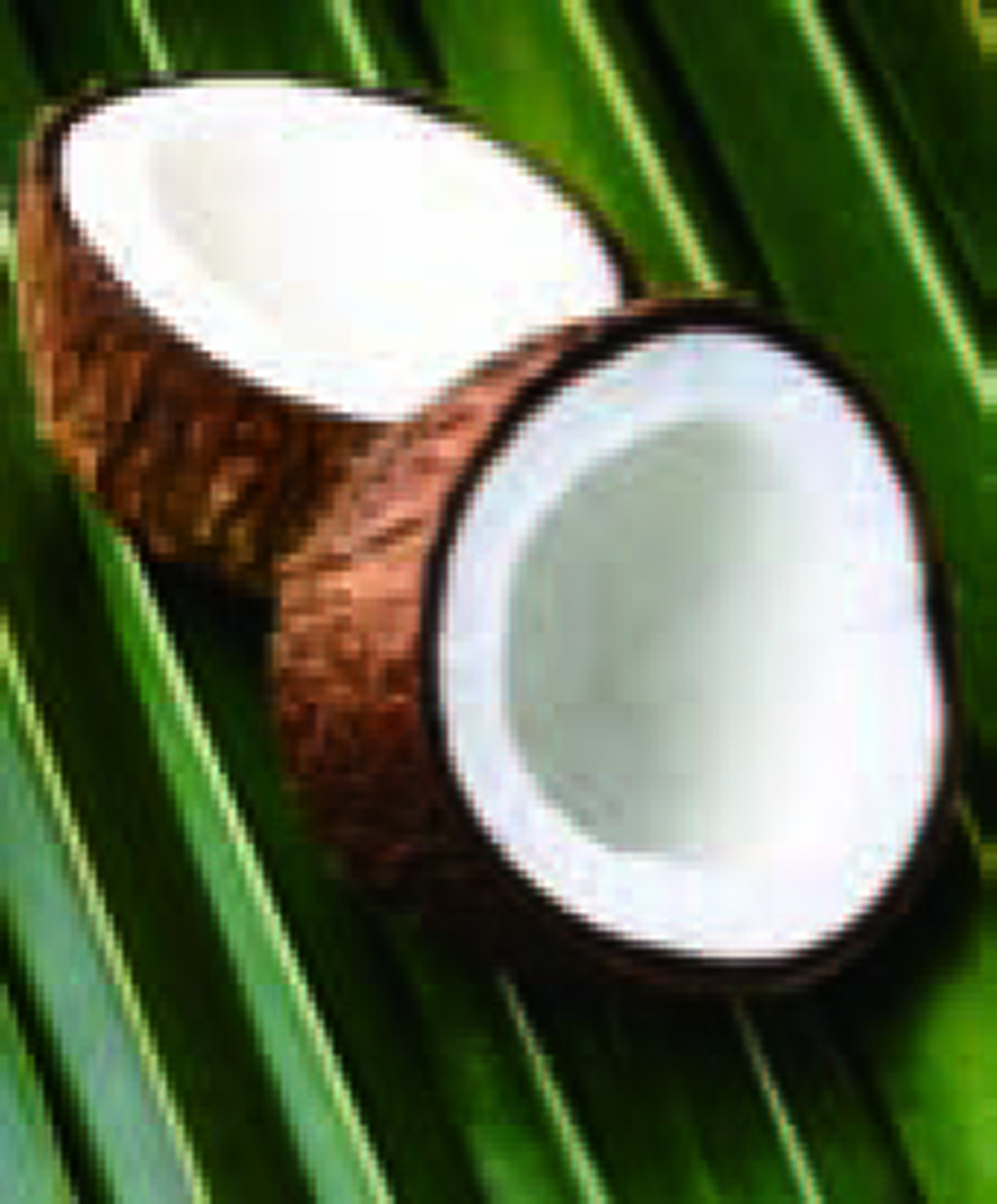

Brazil nuts, wheatgerm, tuna
celery, olives, spinach, cheese
wheatgerm oil, tahini, almonds, sunflower seeds, hazel nuts, wheatgerm, peanuts, pecan
refer to nutrient charts

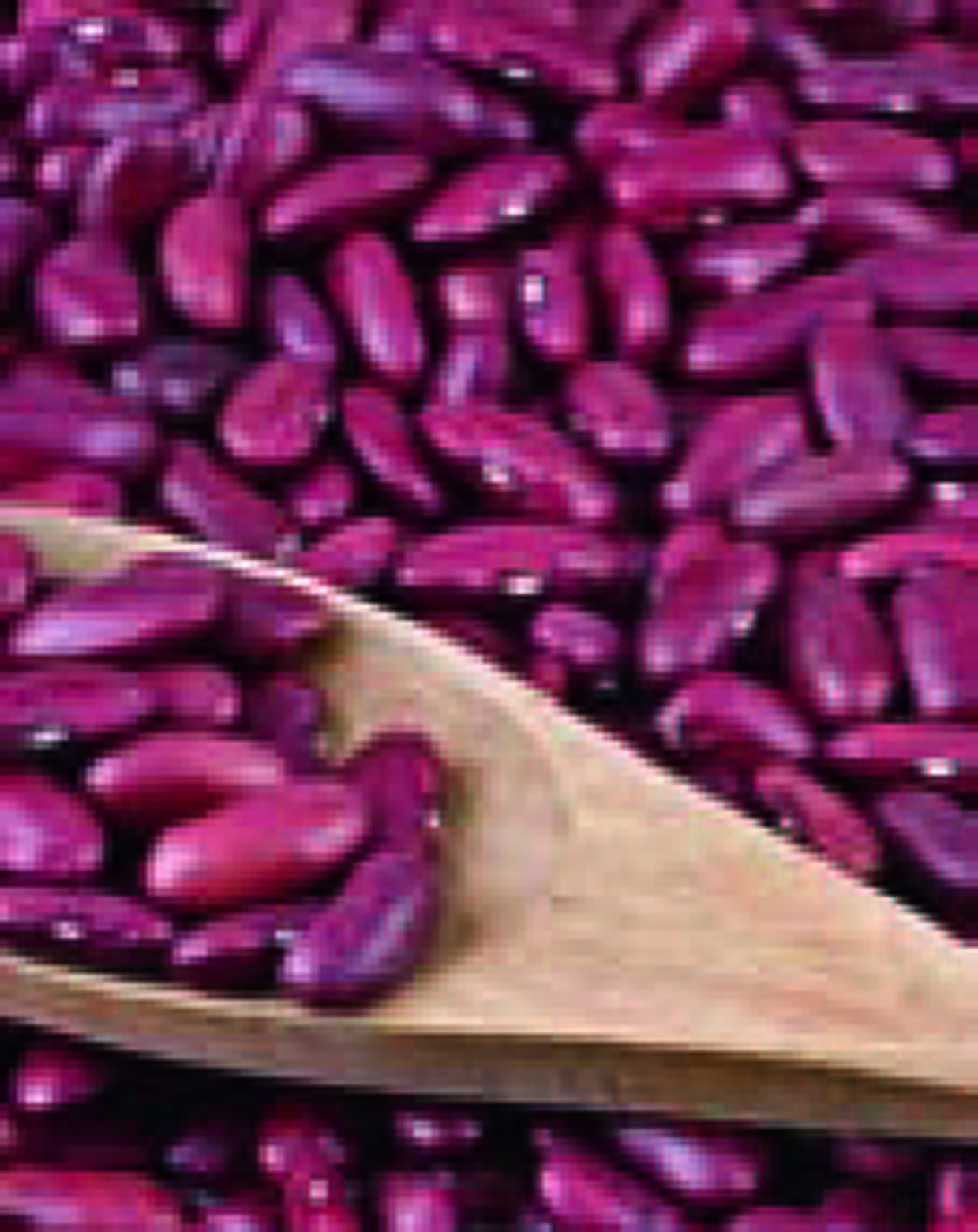
NOTE: d.v. refers to the daily value for women 25–50 years, refer to RDI chart for adult male and child values.
6 NERVOUS SYSTEM
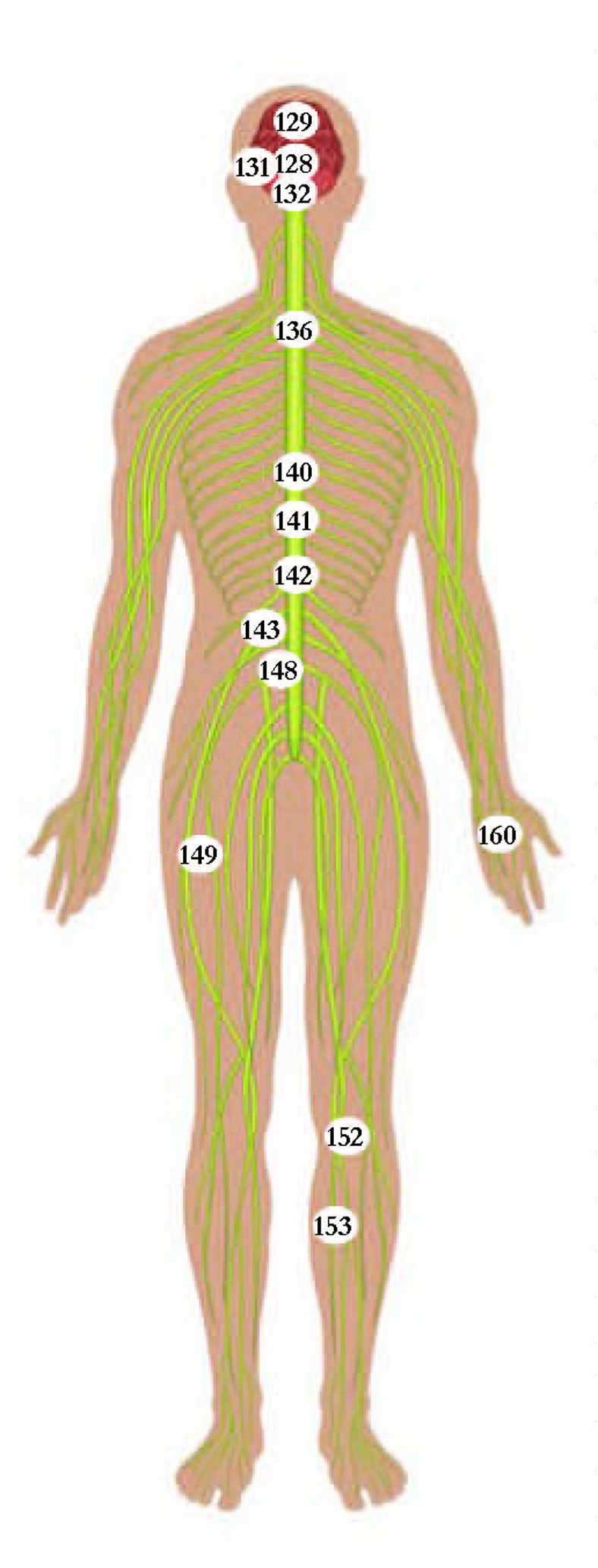
VITAL NUTRIENTS
Magnesium is the ‘nerve mineral’, it regulates the white nerve fibres and the central nervous system. It protects against nervous exhaustion.
Phosphorus is vital for conditioning the responses of the nervous system and protects against nervous stress. The grey matter of the brain is composed of phosphorus compounds called lecithin and phospholipids.
Manganese nourishes the nerves, maintains nerve impulses and co-ordinates nerve transmission.
Silicon insulates nerve fibres and protects from stress.
Potassium assists to co-ordinate nerves and muscles and impulses and stimulation to the brain.
Vitamin C protects against nervous stress.
Vitamin D maintains a healthy nervous system.
Vitamin B1 promotes memory and concentration.
Vitamin B2 protects against nervous stress.
Vitamin B3 nourishes the nervous system.
Vitamin B5 promotes strong nerves.
Vitamins B6, B12 and choline protect the nerves.
MAIN BODY FUNCTION
There are three main parts to the nervous system: the central nervous system (spinal cord and brain), the peripheral nervous system (organs and muscles), and the sympathetic nervous system (brain and nerves). The nervous system works constantly to co-ordinate every movement, conscious and subconscious. During sleep the nervous system relaxes, thereby allowing nerve endings to repair, to receive nutrition and to be ready for when we wake. When we are awake, the nervous system provides the many actions and reactions from physical, subconscious and emotional involvement, including the functions of the brain: memory, thought, speech, vision and sight interpretation, and sense awareness such as pain, excitement and pleasure. There are 31 pairs of spinal nerves each connecting to various different parts of the body. Nerve cells are called neurons and they transmit messages. The brain is the master controller of nearly all nervous system interactions and the speed of message transfer varies from over 200 kilometres per hour to less than 4 kilometres per hour.
BENEFICIAL NATURAL FOODS
sunflower seeds, Brazil nuts, tahini, almonds, pepitas, cashews, pine nuts, carob, peanuts, hazel nuts, oats

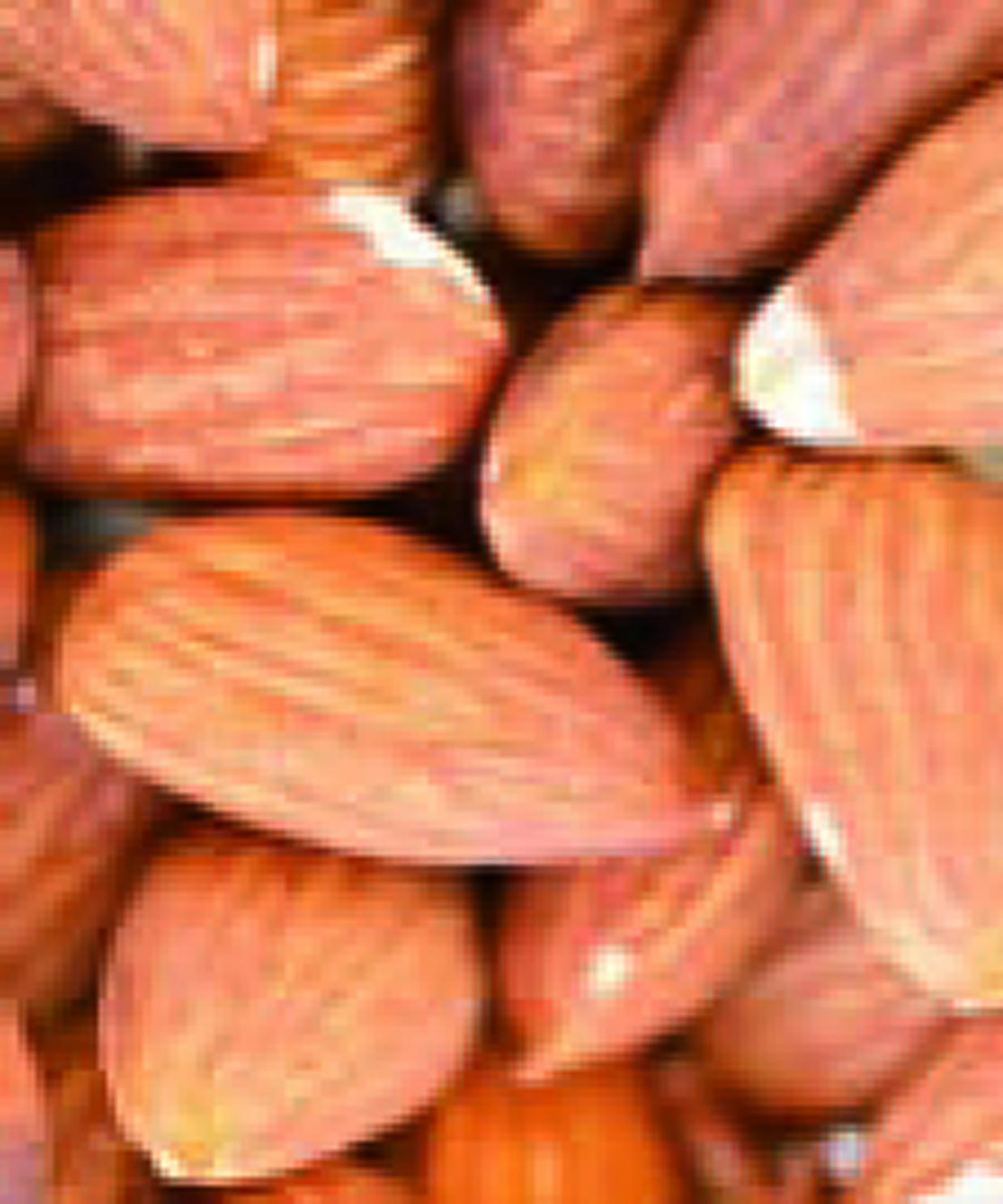
pepitas, sunflower seeds, tahini, Brazil nuts, cashews, almonds, sunflower seeds, walnuts, cheese, wheatgerm, bran, soy milk, peanuts, soy grits, yeast
wheatgerm/bran, walnuts, pine nuts, pecan nuts, pepitas
lettuce, oats, strawberry


raisins, wheatgerm, sultanas, almonds, walnuts, dates, garlic
capsicum, citrus, berries, fruit
moderate regular sunlight
yeast extracts, seeds, tahini

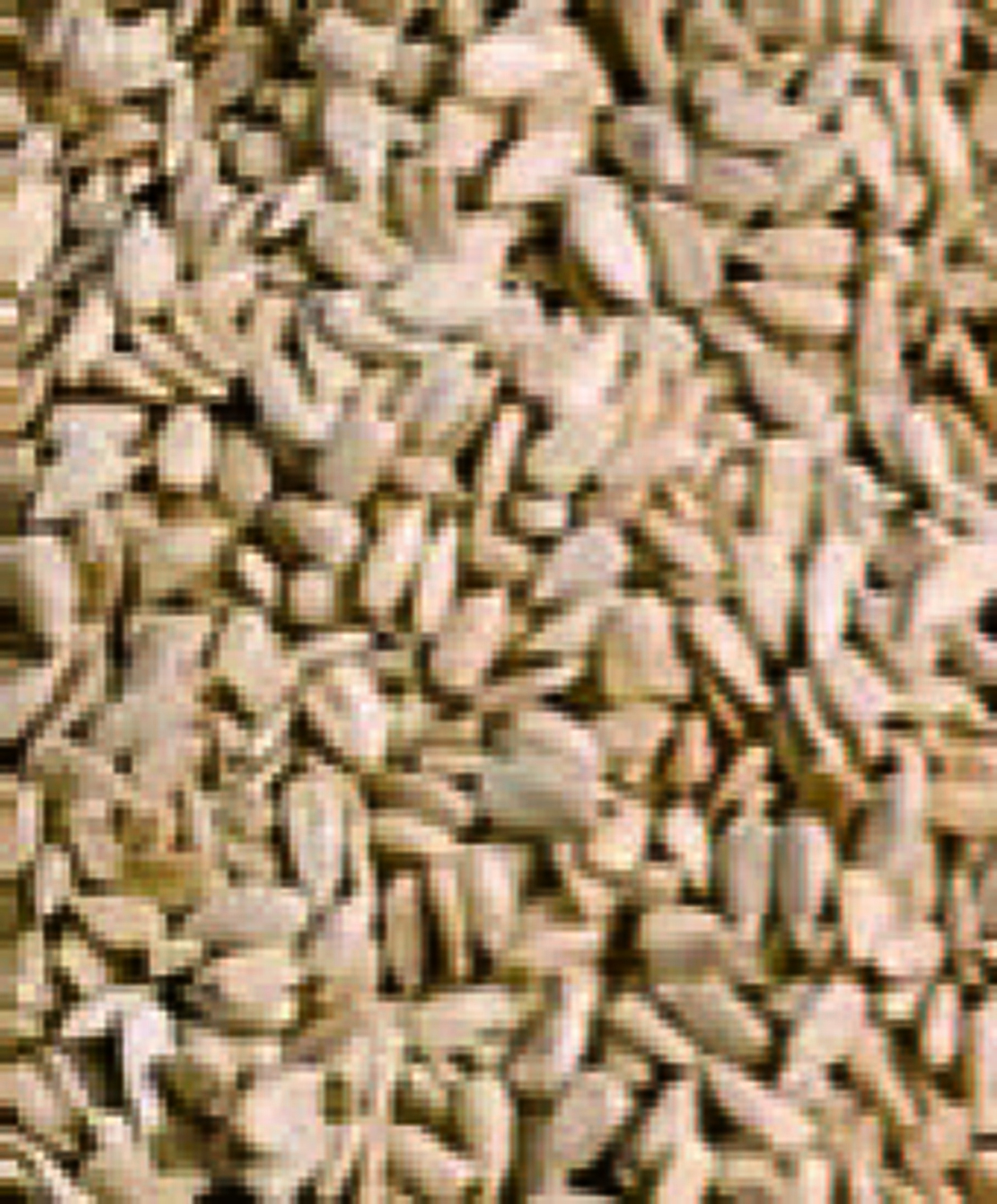
yeast extracts, almonds, seeds
yeast extracts, nuts, seeds
yeast extracts, almonds, nuts
yeast extracts, walnuts, tuna, cheese, seeds, avocado, fish

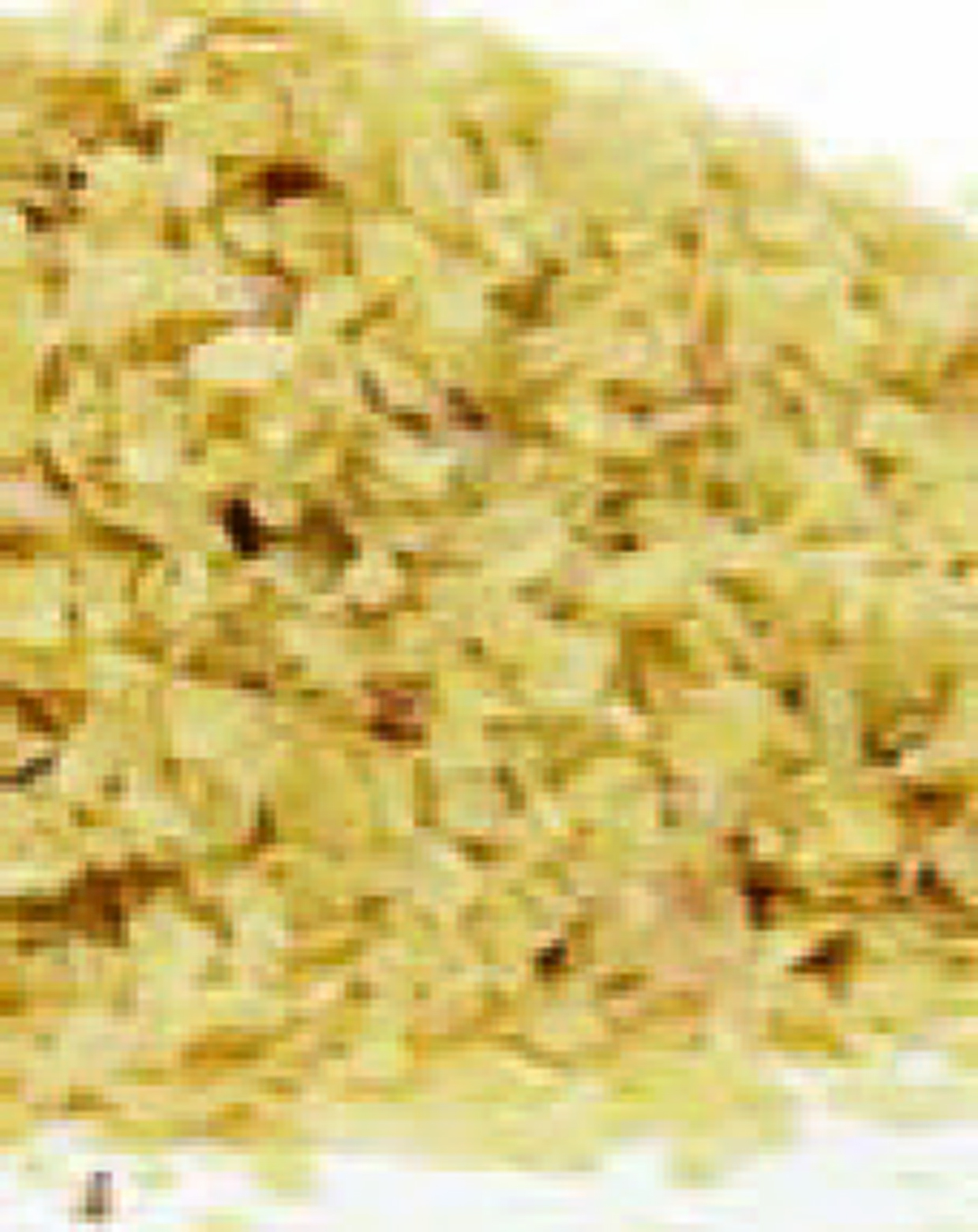
NOTE: All amounts in this book are measured in milligrams (mg) per 100 grams, unless stated otherwise.
7 RESPIRATORY SYSTEM

VITAL NUTRIENTS
Sulphur is required for cleansing the respiratory system and for tissue respiration in the process of new cell development. Garlic oil contains approx.80% sulphur content.
Iron is essential for the transfer of oxygen throughout the body, in the form of myoglobin for the transfer of oxygen to muscles.
Potassium combined with the mineral phosphorus is required for the supply of oxygen to the brain, which sends impulses to the diaphragm and the muscles surrounding the rib cage to breathe, inhale and exhale. During 24 hours the lungs inhale/exhale approx.14,000 litres of air.
Vitamin A is essential for the protection of the internal linings of the mouth, throat, nose and lungs from infection, dust and smoke. Mucus is produced to eliminate toxins from the respiratory system.
Vitamin C is essential for tissue respiration and to defend the respiratory system from bacteria.
Vitamin E is required for repair of damaged lung tissues and promotes oxygen within body cells.
B complex vitamins. Refer to section entitled as VITAMIN B1 – Thiamine.
MAIN BODY FUNCTION
NOSE The nose contains minute hairs and membranes that are full of blood and allow the inhaled air to warm to body temperature before reaching the lungs.
MOUTH The mouth is primarily for ingesting food and drinks and for speech, however, air can be inhaled but it is less protected from dust compared to via the nose.
OESOPHAGUS The oesophagus is a muscular tube, approx.25cm long, lined with mucous membranes, extending from the pharynx to the stomach. It is for food intake.
PHARYNX The pharynx is divided into three parts: the naso, oral and laryngeal pharynx. The nasopharynx is positioned at the back of the nasal cavity and includes the tonsils; their function is to protect against bacteria.
LARYNX The larynx is for speech and as an air passage.
TRACHEA/BRONCHI The trachea is the windpipe, approx 12cm in length. It separates into two tubes passing into the bronchi, which are similar in structure to the trachea.
LUNGS The lungs absorb oxygen and exhale the carbon dioxide.
BARLEY RESPIRATORY SYSTEM
garlic, onions, horseradish, radish, carrot juice, carrots, raw cabbage, coleslaw, scallops, Brazil nuts, crustacea, peanuts, figs, dates, spinach, tomato
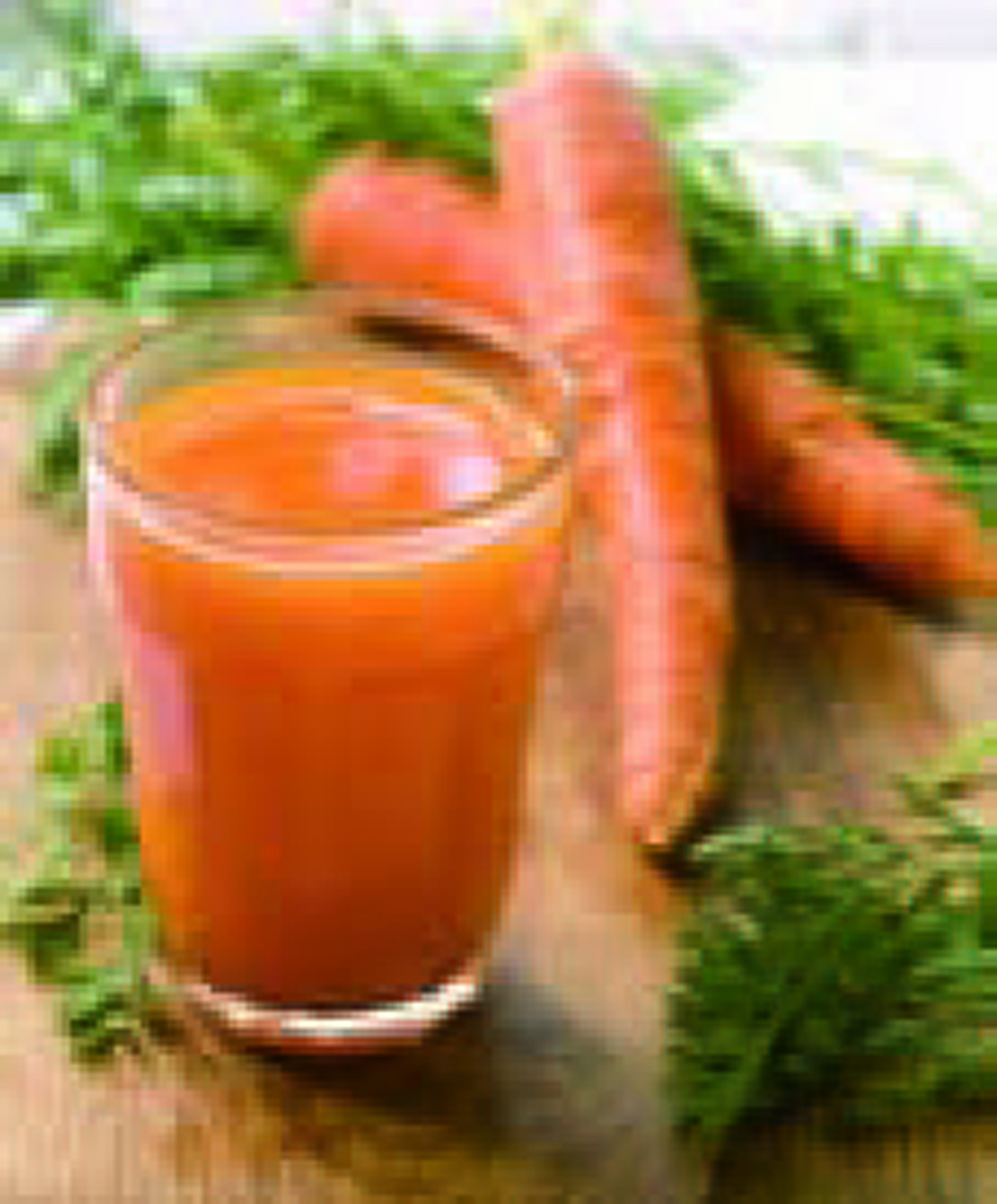

pepitas, almonds, parsley, tahini, sunflower seeds, kelp, wheatgerm, tofu, rice bran
rice bran, wheat bran, pepitas, wheatgerm, sunflower seeds, almonds, hazel nuts, tahini, Brazil nuts, cashews, peanuts, walnuts, Parmesan cheese, raisins, parsley, pine nuts, garlic


carrot juice, carrots, parsley, guava, mango, pumpkin, papaya, sweet potato, cheese, butter, apricots, cantaloupe


guava, capsicum, parsley, mango, currants, papaya, citrus
wheatgerm oil, tahini, almonds, sunflower seeds, wheatgerm
B complex tablet daily

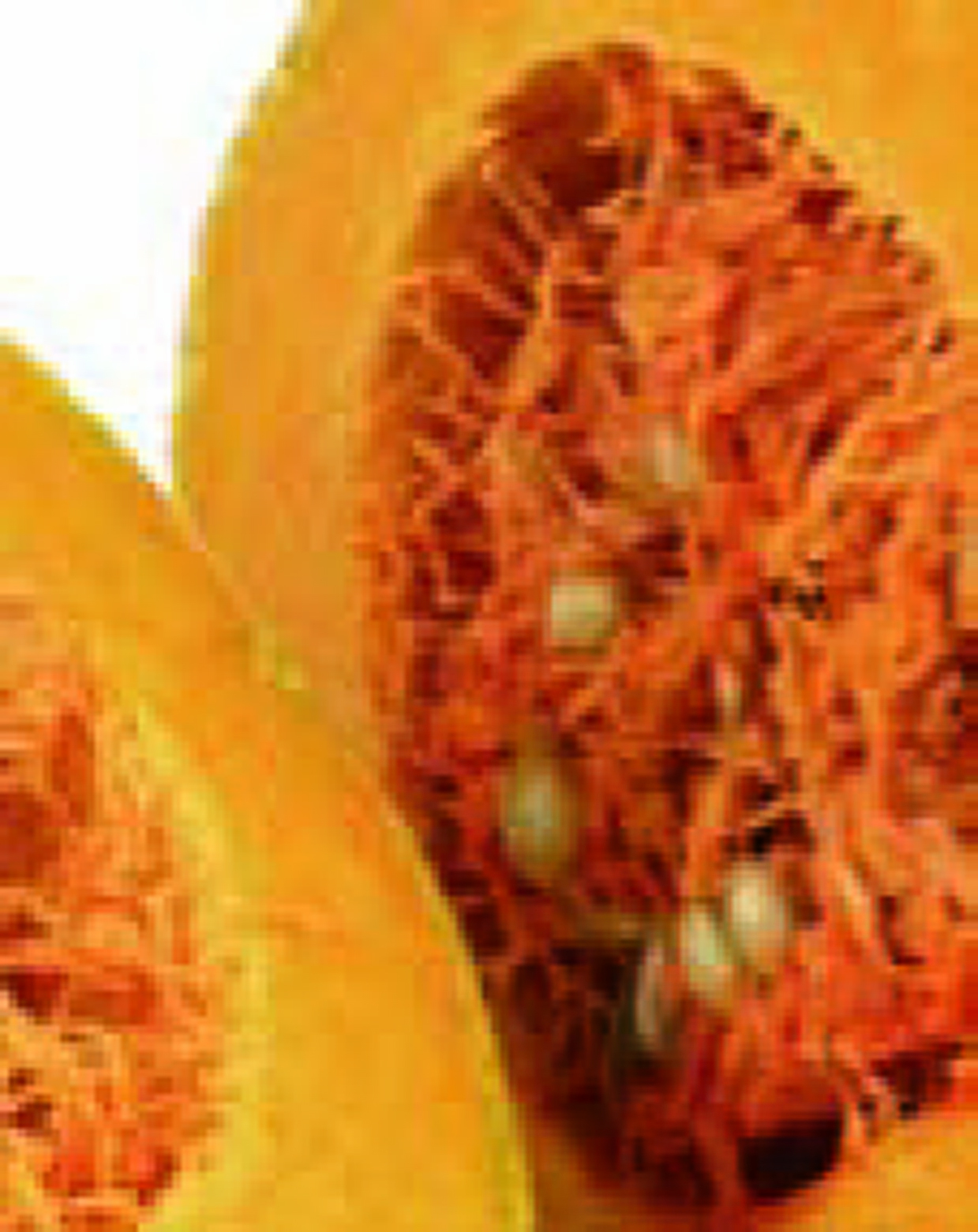
NOTE: d.v. refers to the daily value for women 25–50 years, refer to RDI chart for adult male and child values.
8 SKELETAL SYSTEM
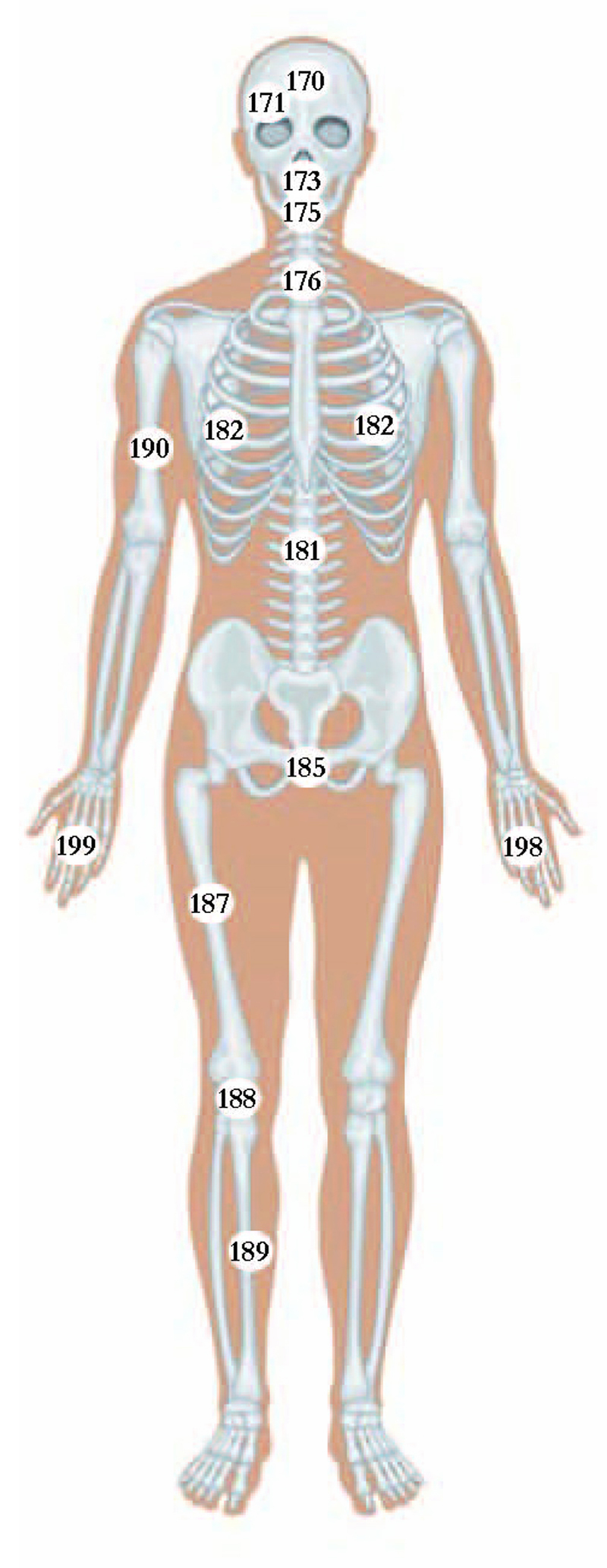
VITAL NUTRIENTS
Calcium is the main bone mineral and the total calcium content of the body is renewed over a six-year period. About 90% of the calcium within the body is in the skeletal system.
Phosphorus is essential for repair of bone fractures. To function efficiently calcium (2.5 parts) must be balanced with phosphorus (1 part) and 80% of the body’s phosphorus is within the skeletal system.
Magnesium is essential for proper absorption of both calcium and phosphorus, and approx.70% of magnesium is stored within the skeletal system.
Silicon is essential for calcium metabolism; it also provides strength to the bones and protects the bones from uric acid crystals, as it assists in their elimination from around bone joints.
Vitamin C is essential in the formation of collagen, the protein substance within every bone. Vitamin C is required daily to assist in the growth and maintenance of bones.
Vitamin D and sunlight is vital for strong bones and bone growth in children. It is essential to ensure an adequate amount of sunlight, especially in winter.
MAIN BODY FUNCTION
The human skeleton is the frame to the body with a total of approx.200 bones for adults and 350 bones in infants. The name ‘skeleton’ comes from the Greek work for ‘dried up’, however, bones contain approx.30% water. The skull has over 20 different bones. The inner part of bones is made from a protein, collagen. The outer layer is made mainly from the minerals calcium, phosphorus, silicon, fluorine and magnesium.
SPINAL COLUMN The spinal column is the central part of the skeletal system, supporting the head and consisting of 33 bones with two main groups: flexible (7 cervical are at the the top, 12 dorsal, 5 lumbar) and fixed (5 sacral, 4 coccyx).
RIBS The ribs are arranged in twelve pairs and the ‘true’ ribs are the top seven pairs. The ribs protect the vital organs within, such as the heart, liver and lungs.
TEETH By the age of two the first set of 20 ‘milk teeth’ has formed and progressively from the age of 6 to 25 the permanent 32 teeth are formed. Teeth are made from calcium, phosphorus, magnesium and zinc.
BENEFICIAL NATURAL FOODS
tahini, acidophilus yoghurt, almonds, hazel nuts, walnuts, sunflower seeds, dried apricots, cheese, milk, chickpeas
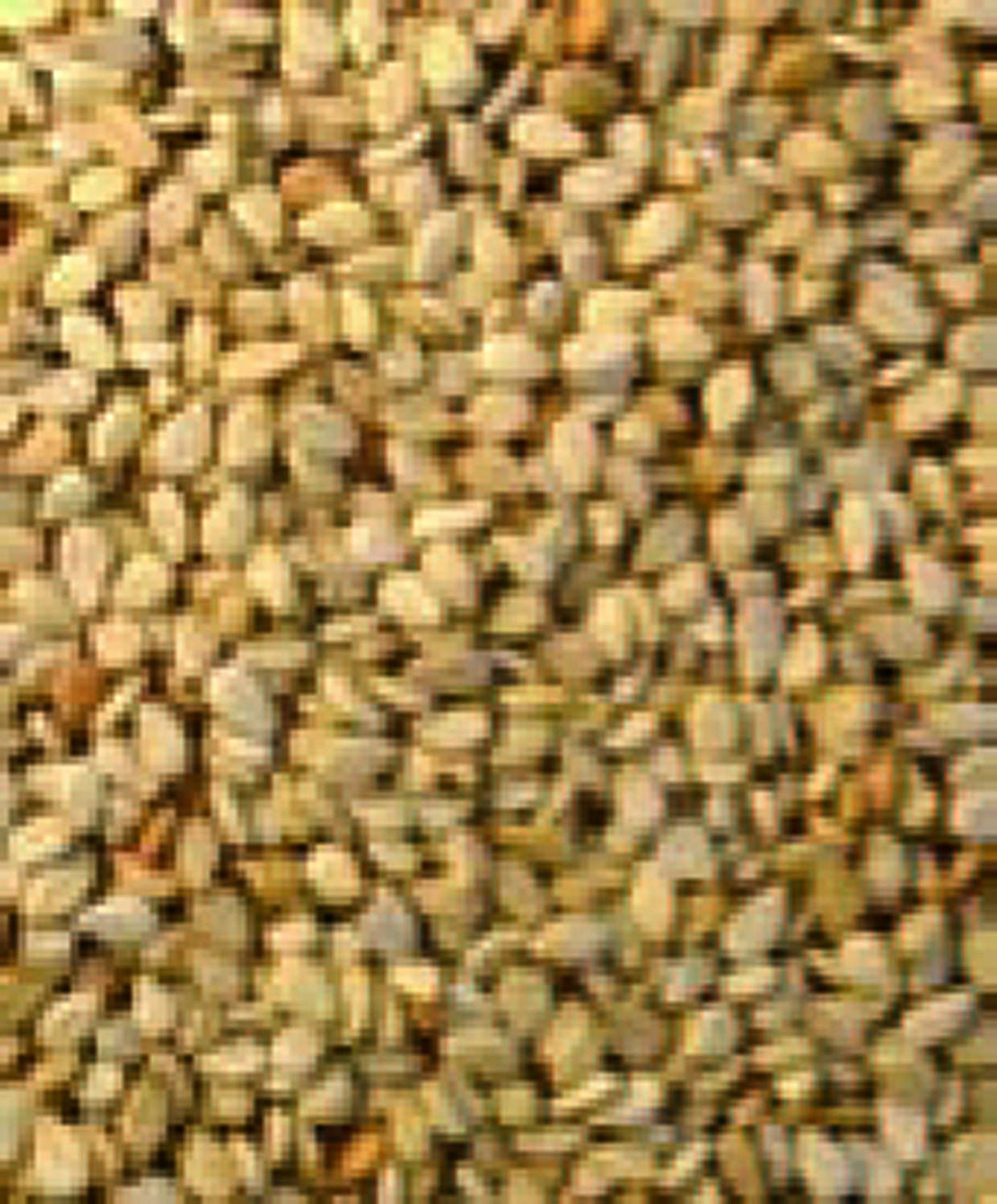

pepitas, sunflower seeds, tahini, cheese, cashews, almonds, walnuts, wheat bran, oats, rice bran, peanuts, wheatgerm
almonds, wheatgerm, rice bran, cashews, Brazil nuts, tahini, walnuts, sunflower seeds


lettuce, oats, barley, asparagus, rice bran, spinach, parsnips, onions, dates, strawberries, sunflower seeds, cucumber


guava, blackcurrants, capsicum, citrus fruits, rockmelon, broccoli, parsley, papaya, berries, kiwifruit, mango, spinach, tomato
regular direct sunlight in winter; moderate direct sunlight in autumn and spring; in summer, caution with midday direct sun
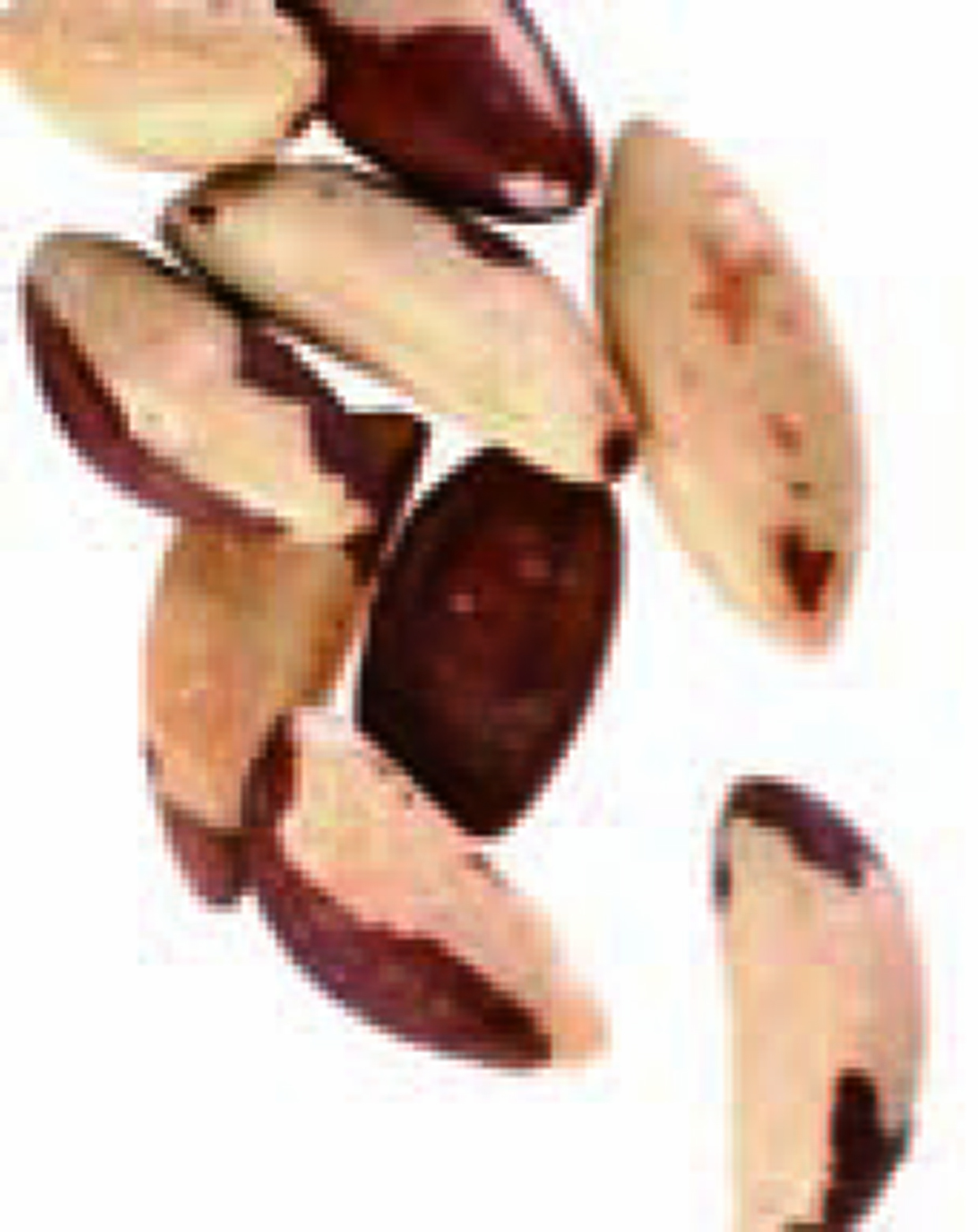

NOTE: All amounts in this book are measured in milligrams (mg) per 100 grams, unless stated otherwise.